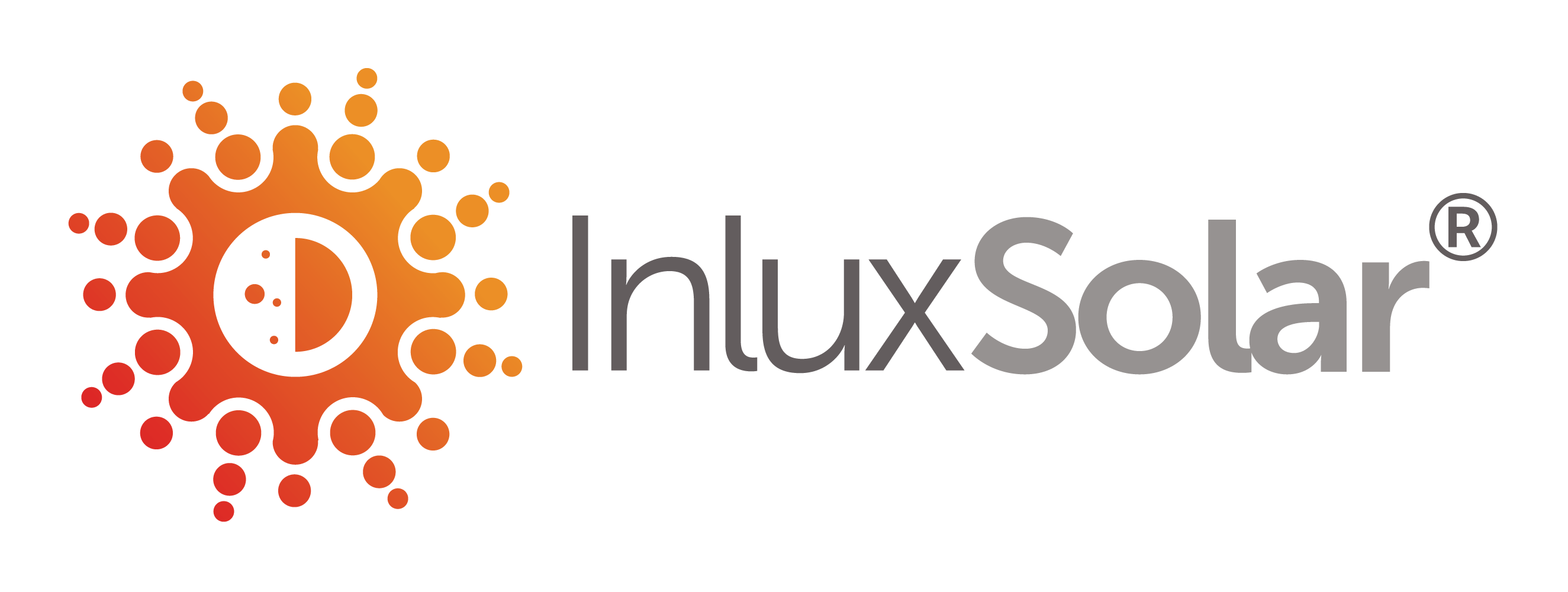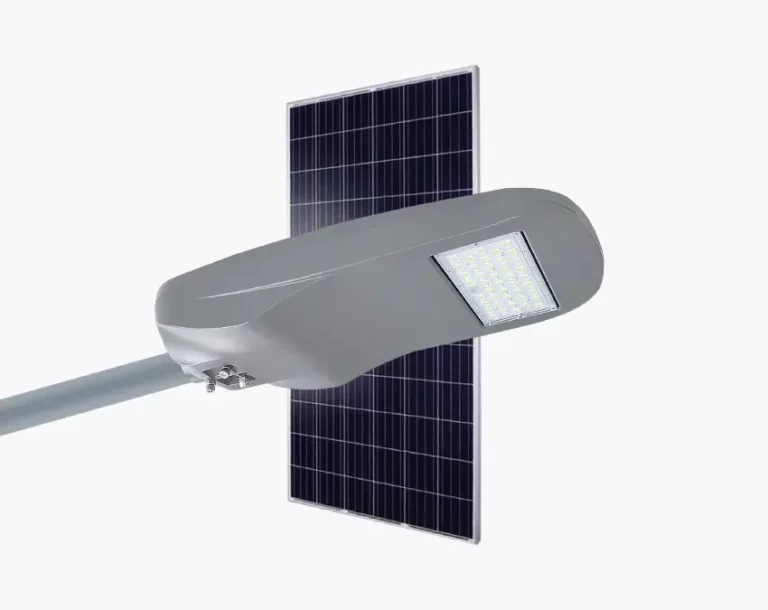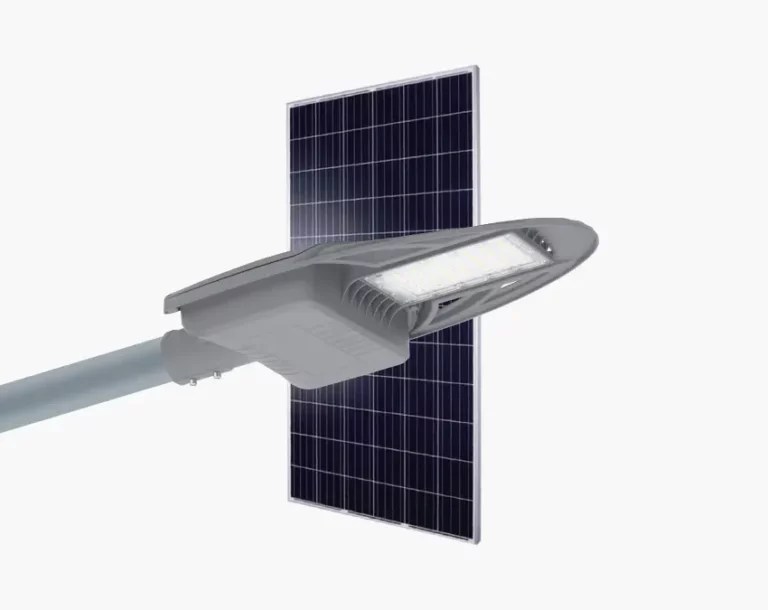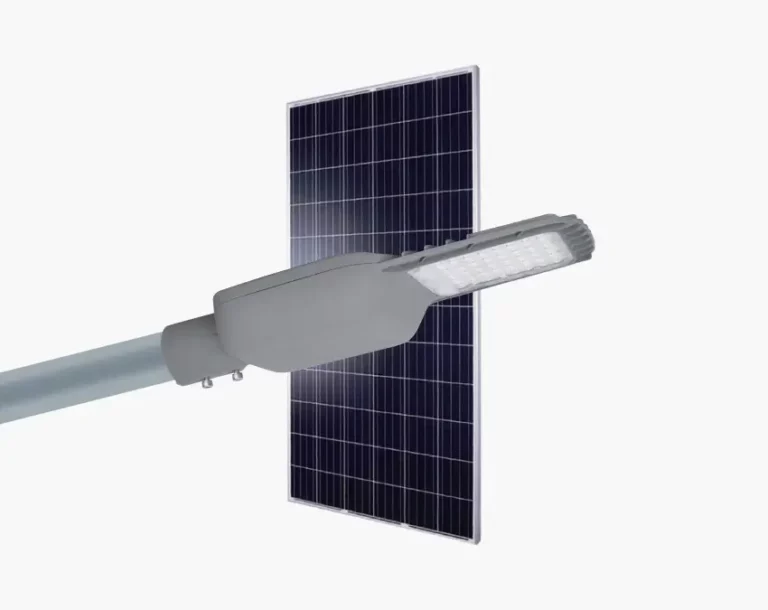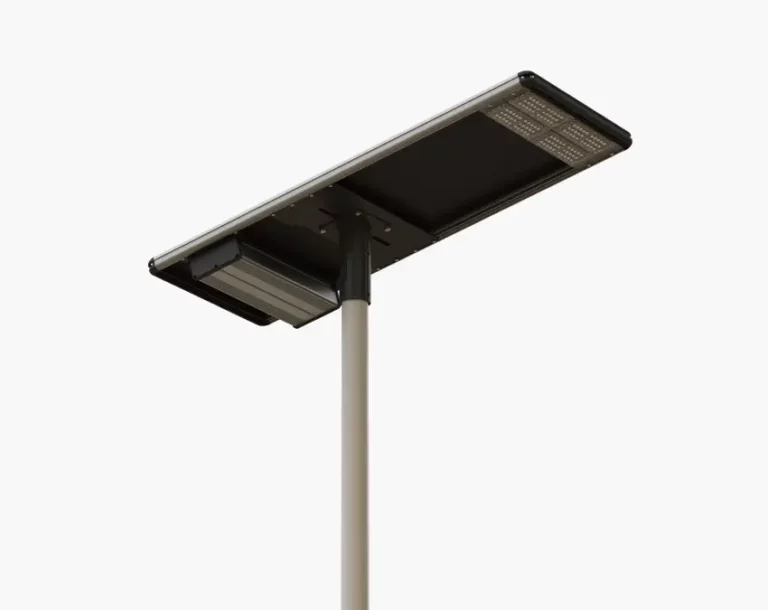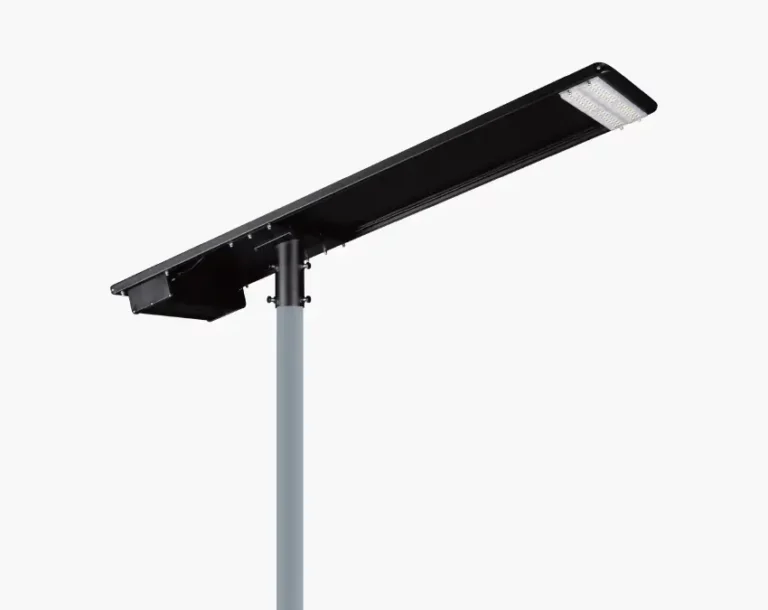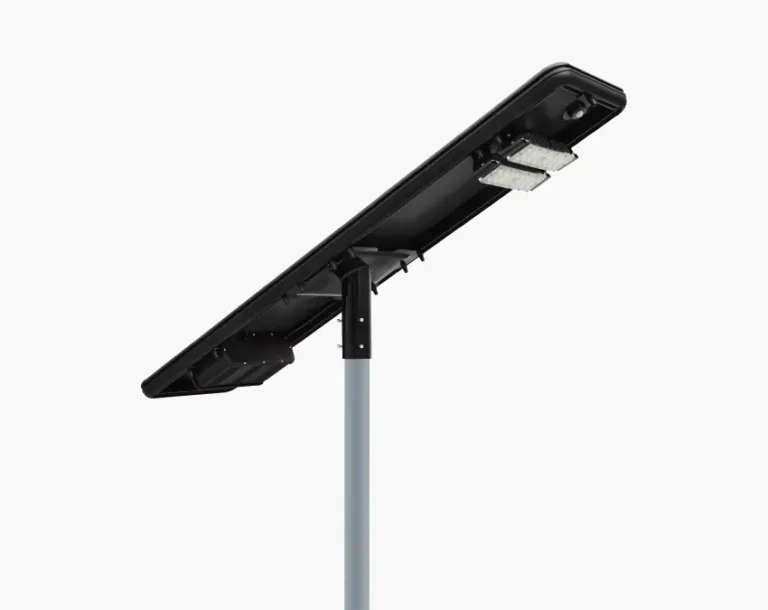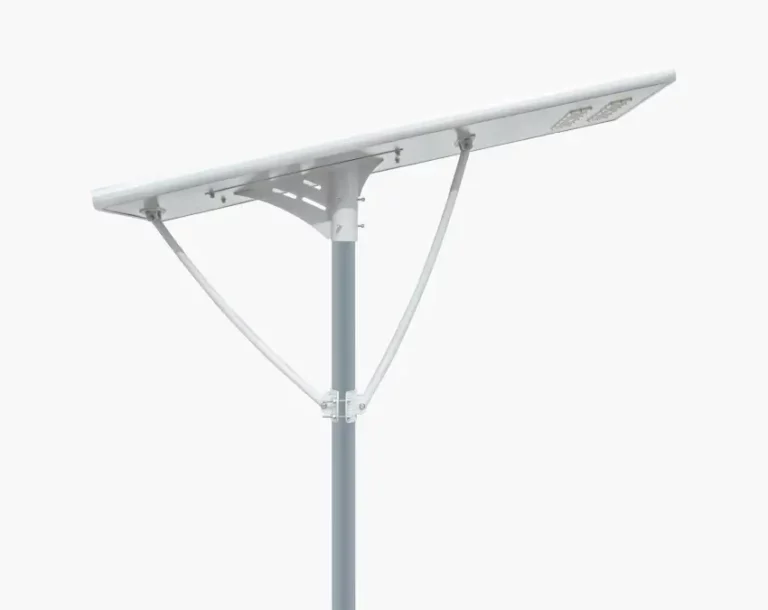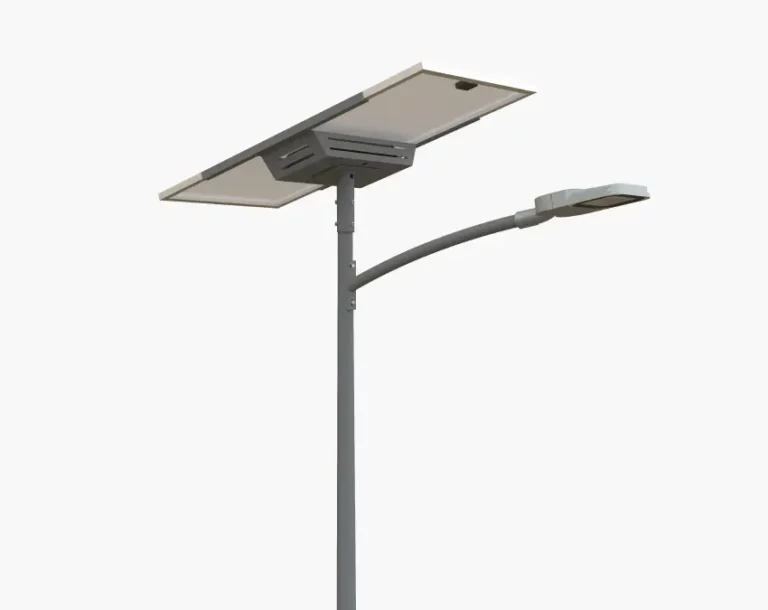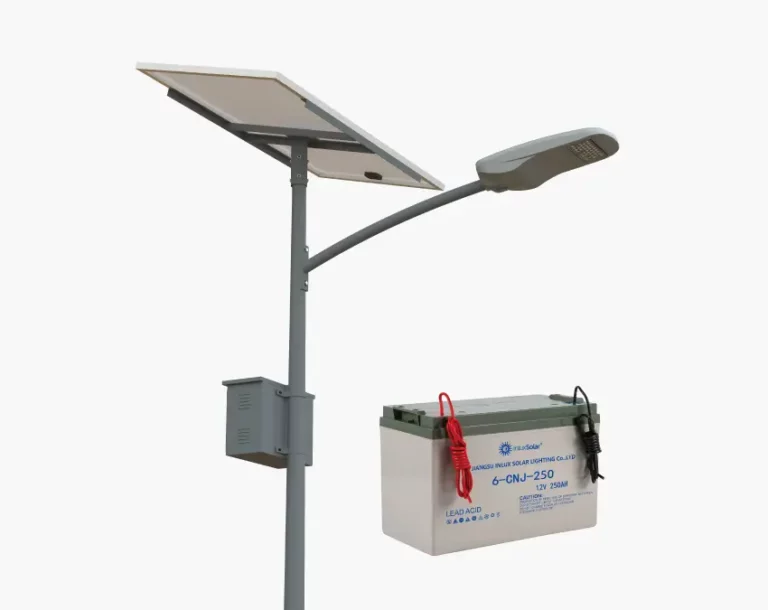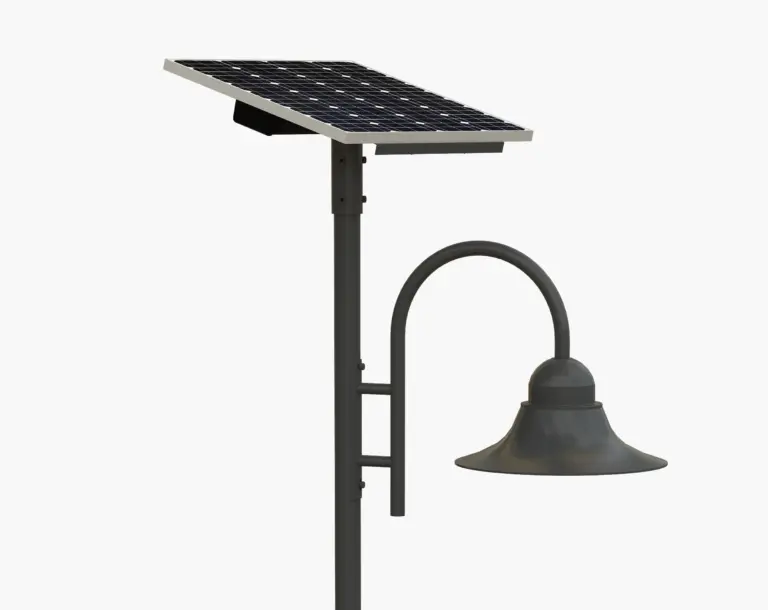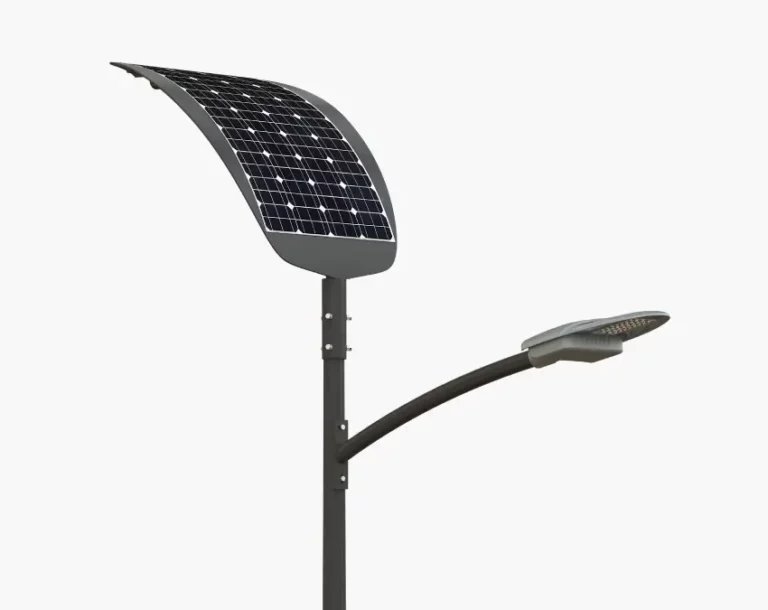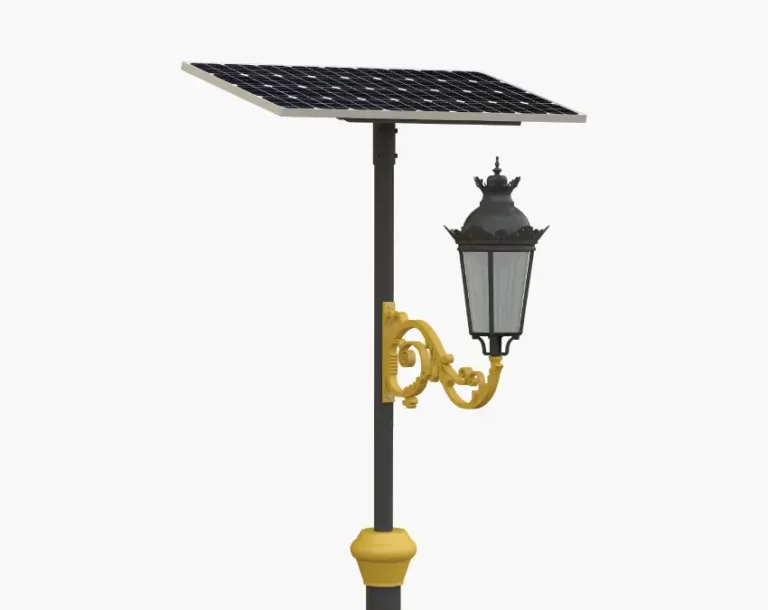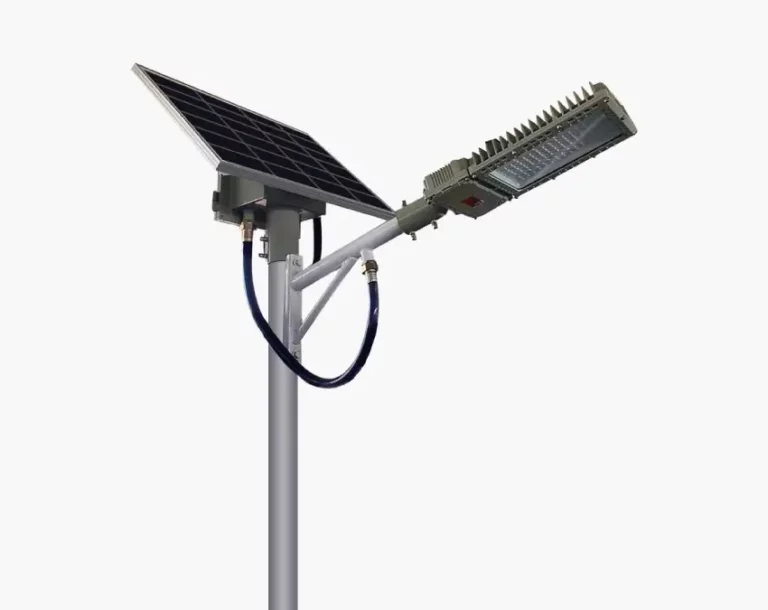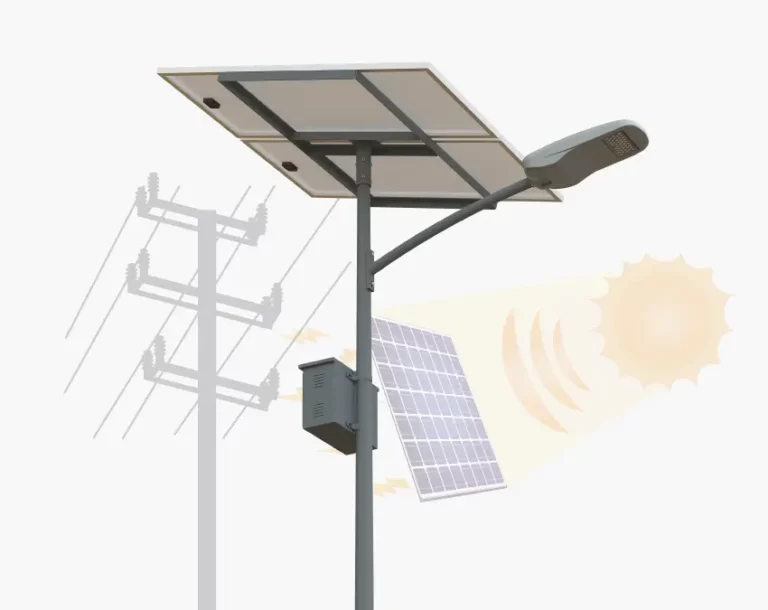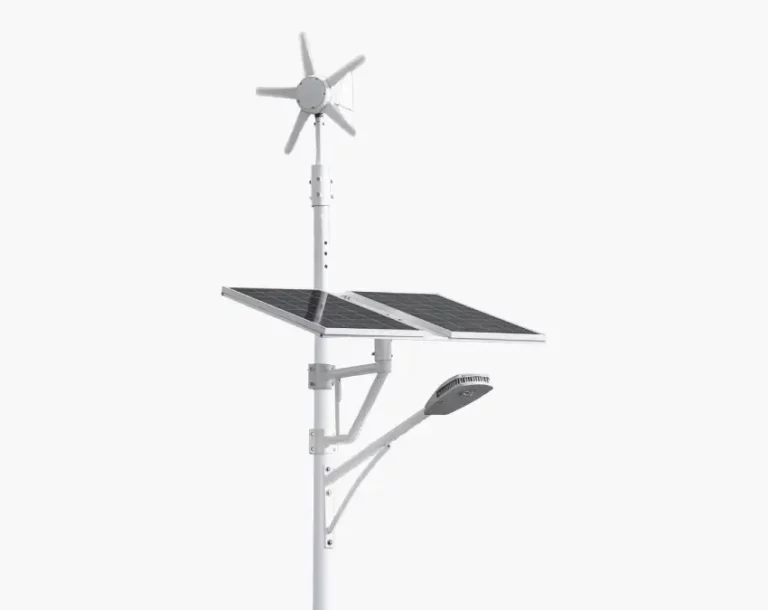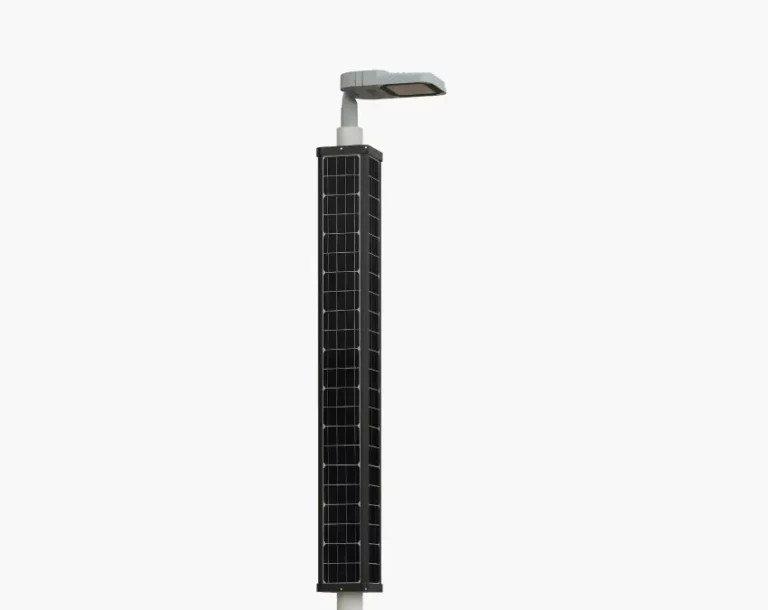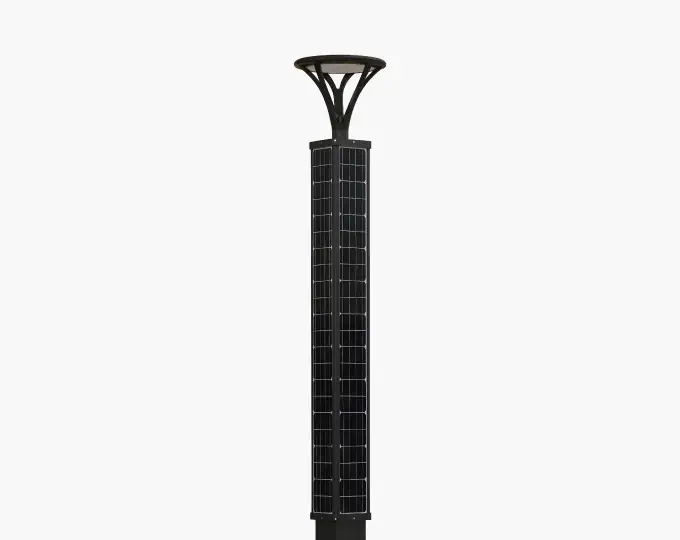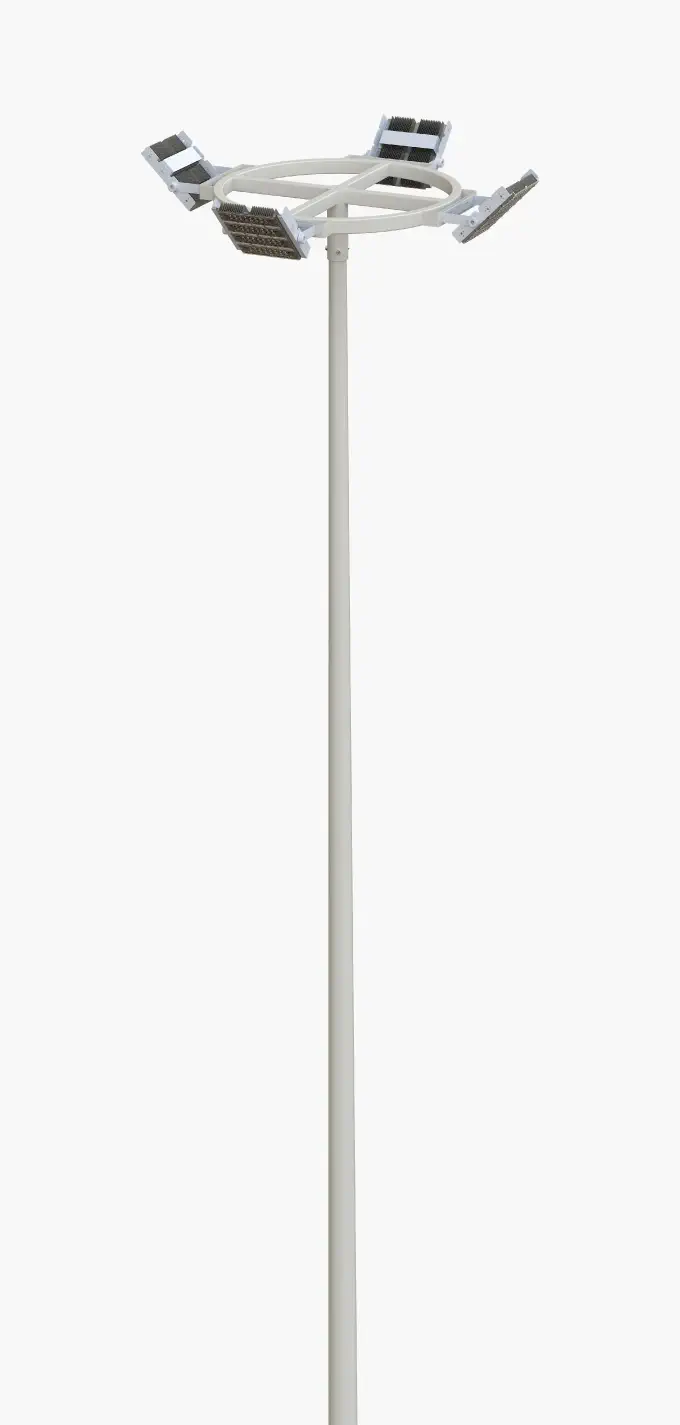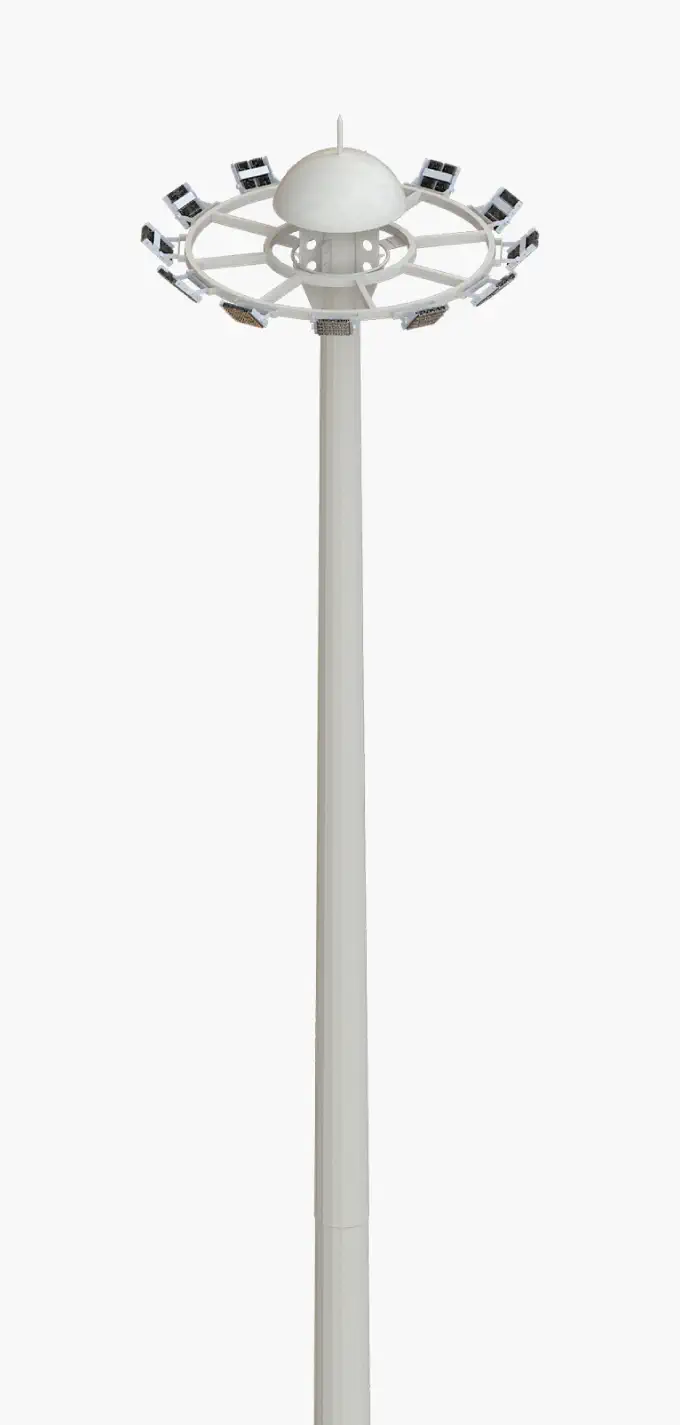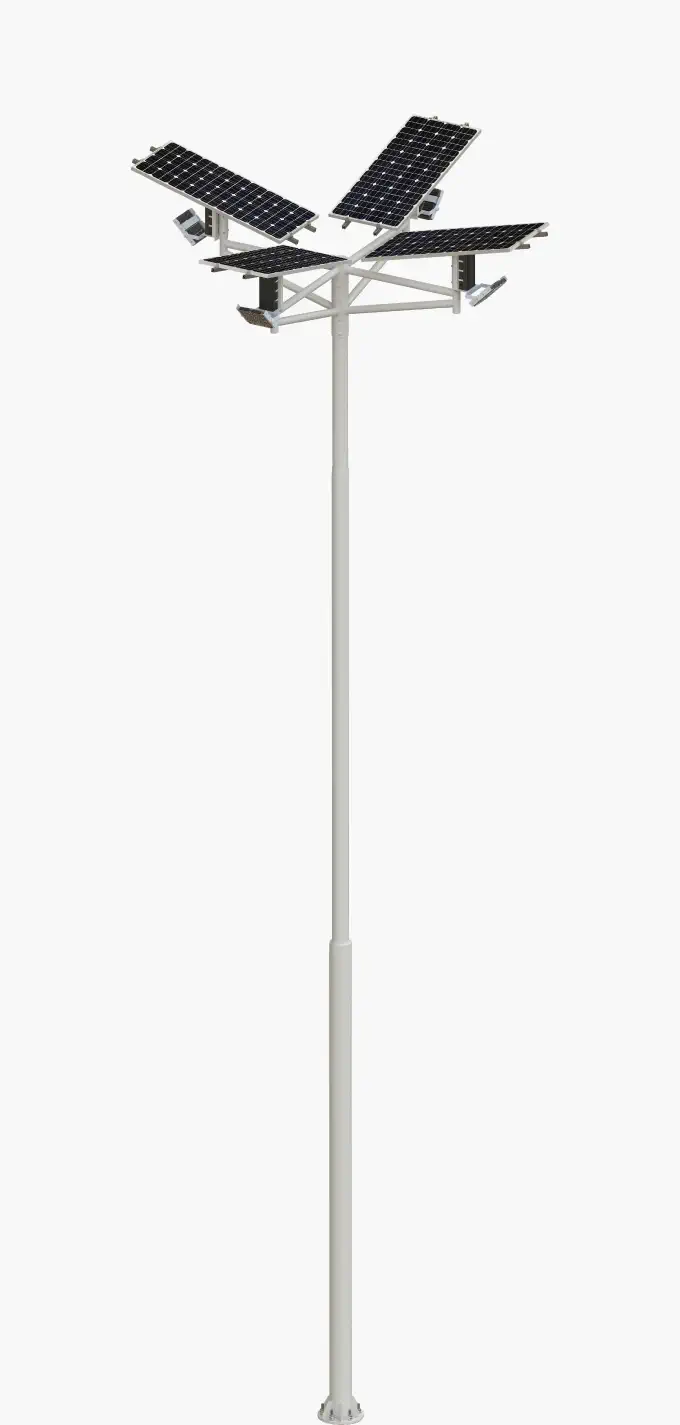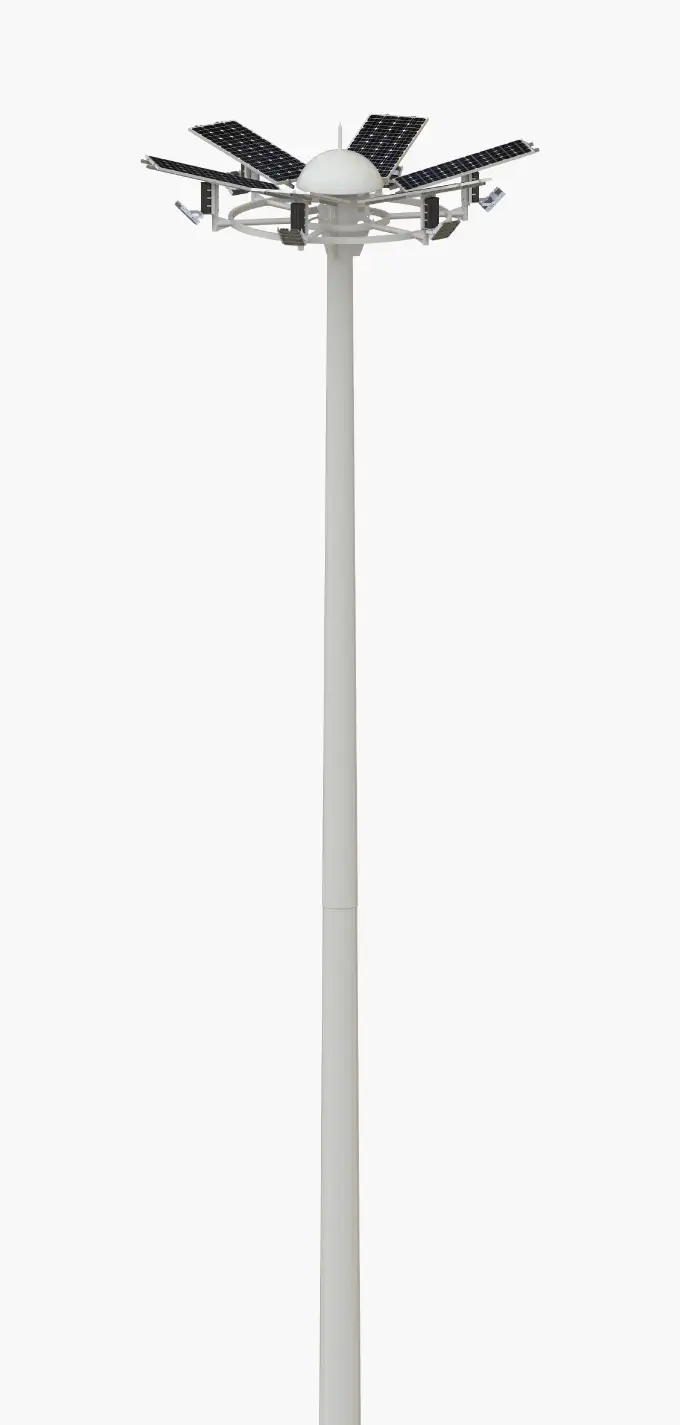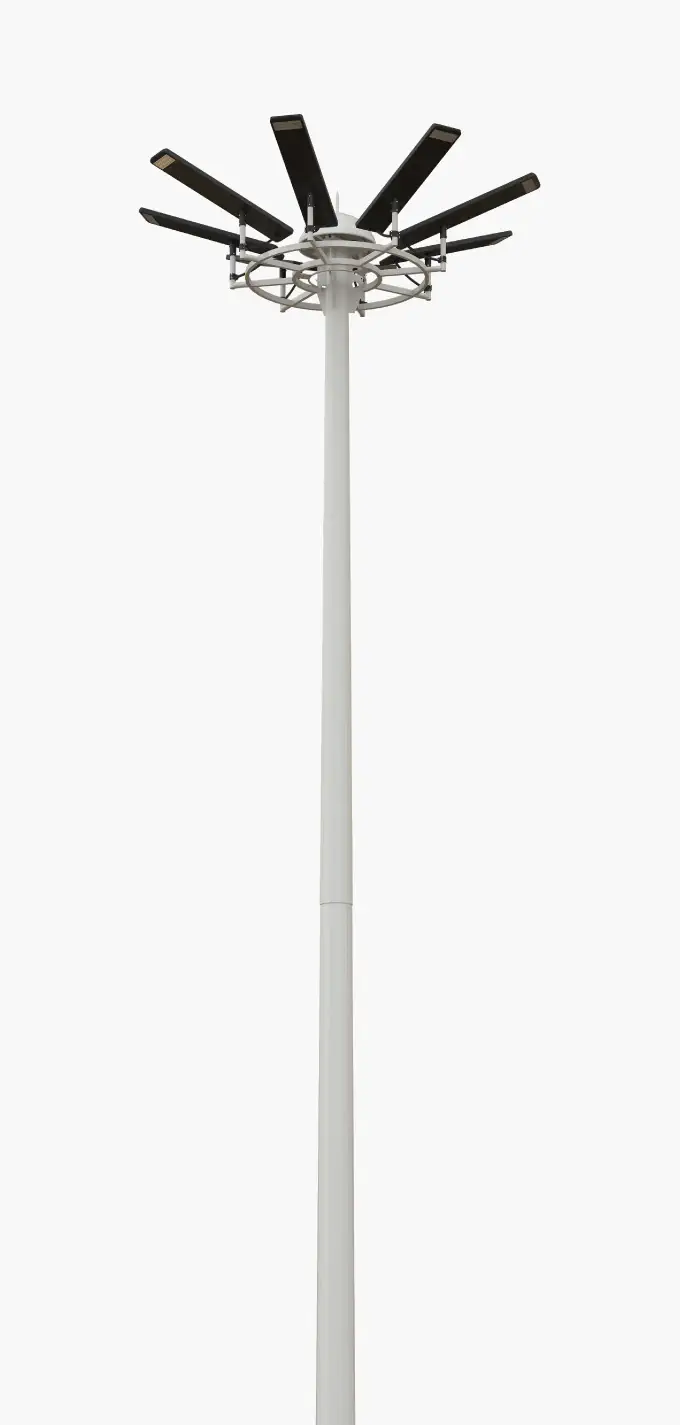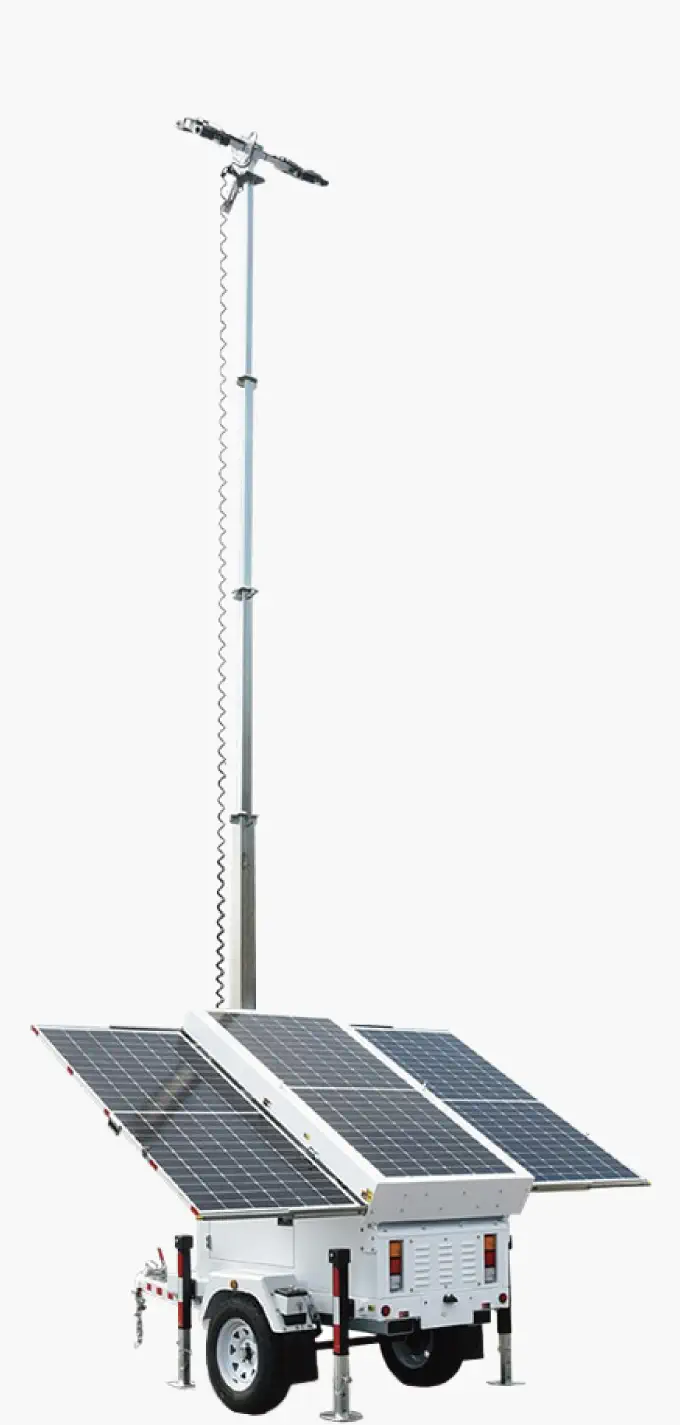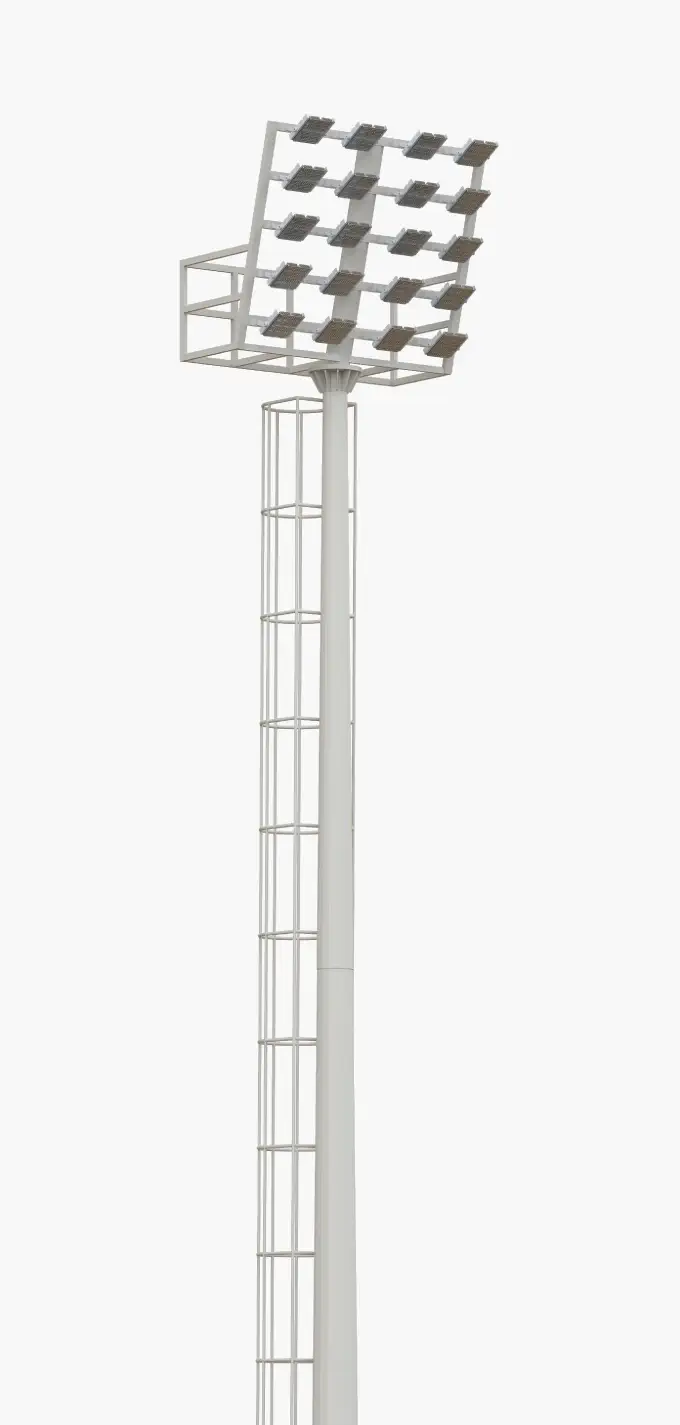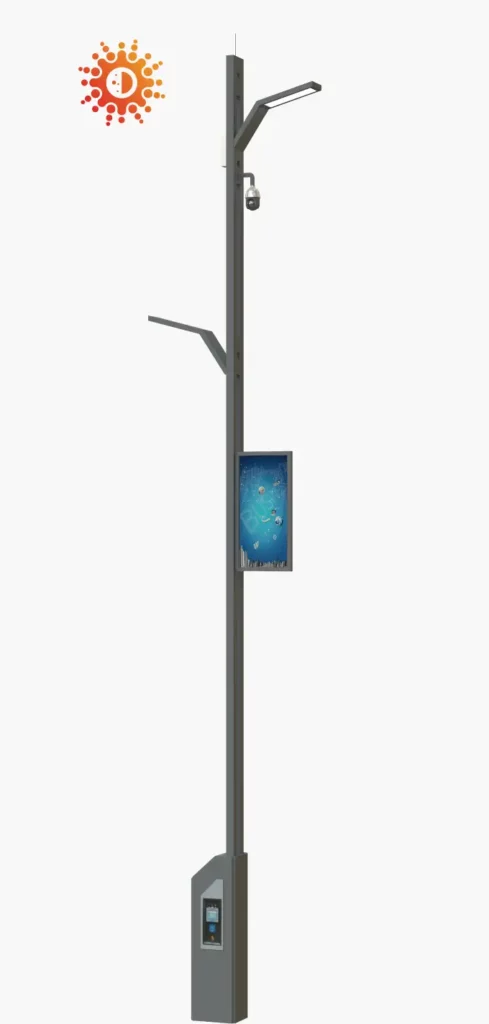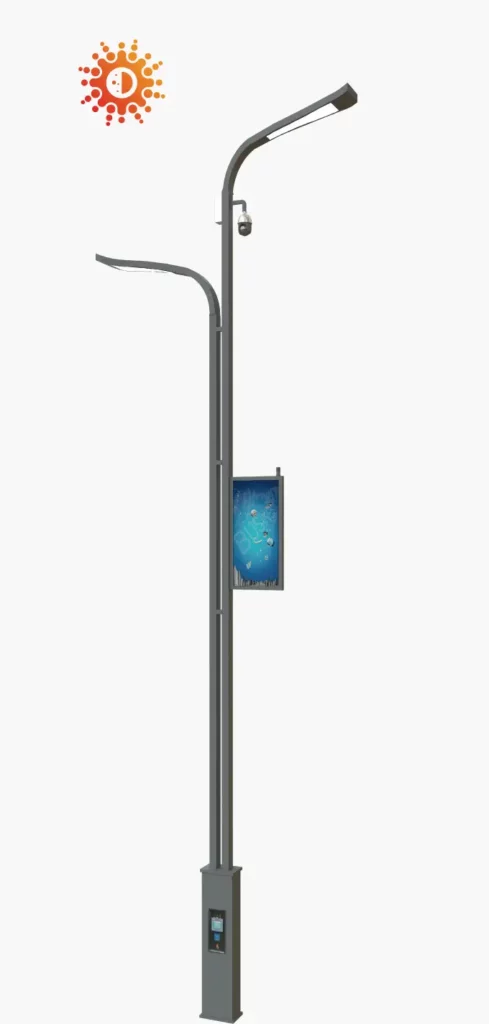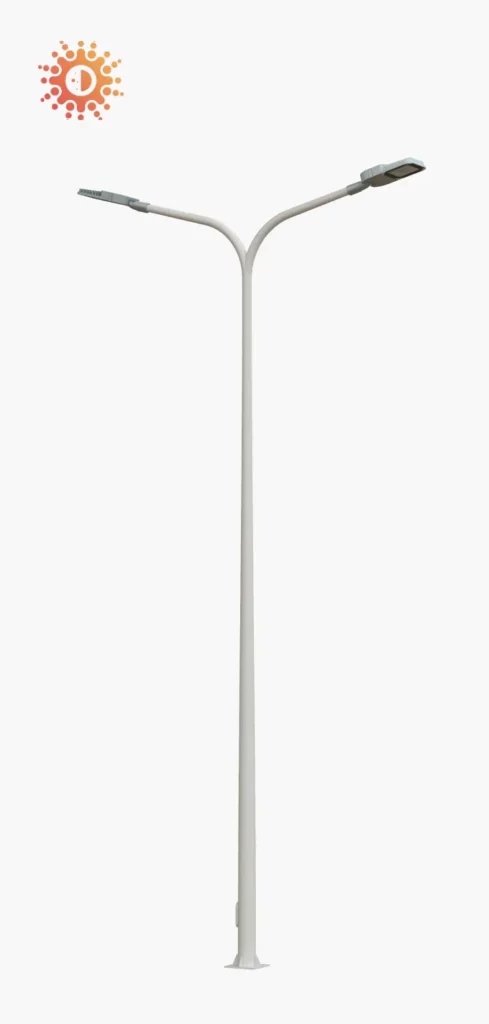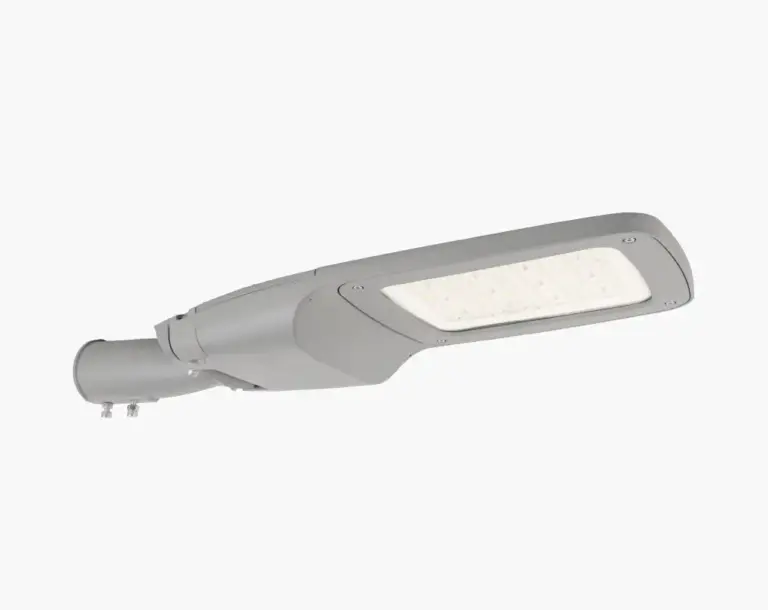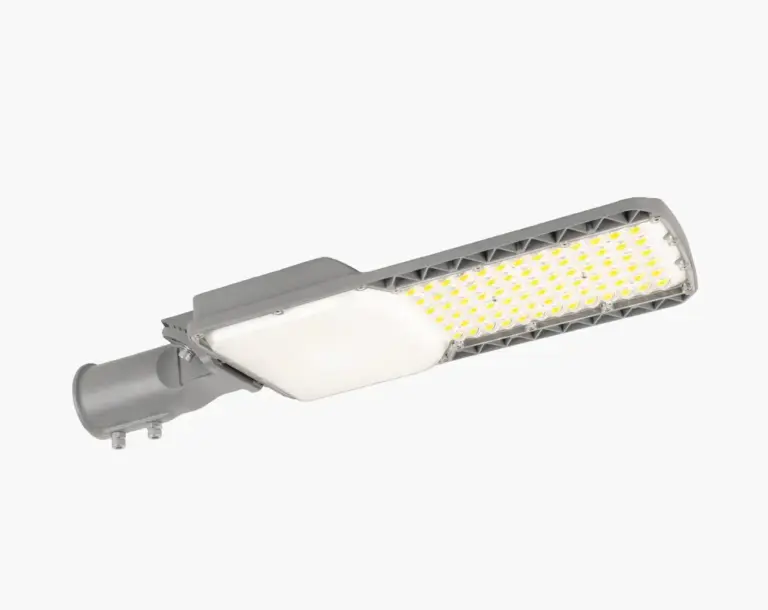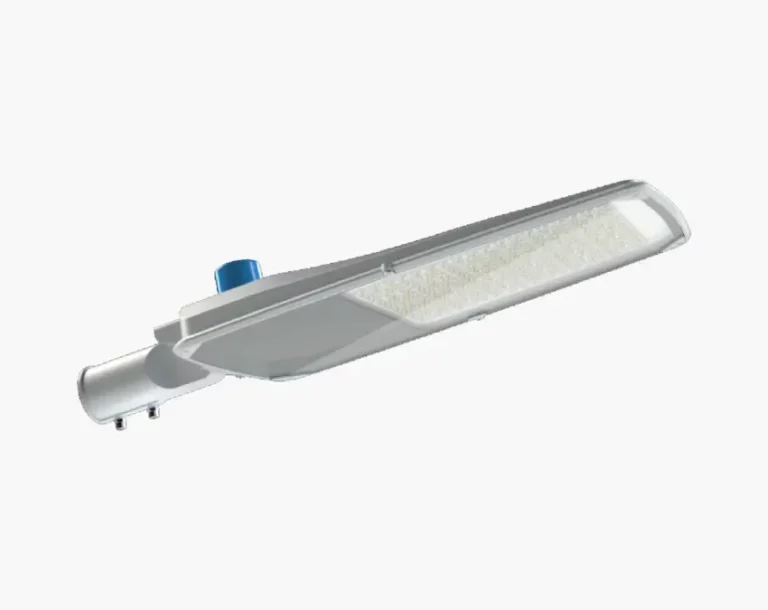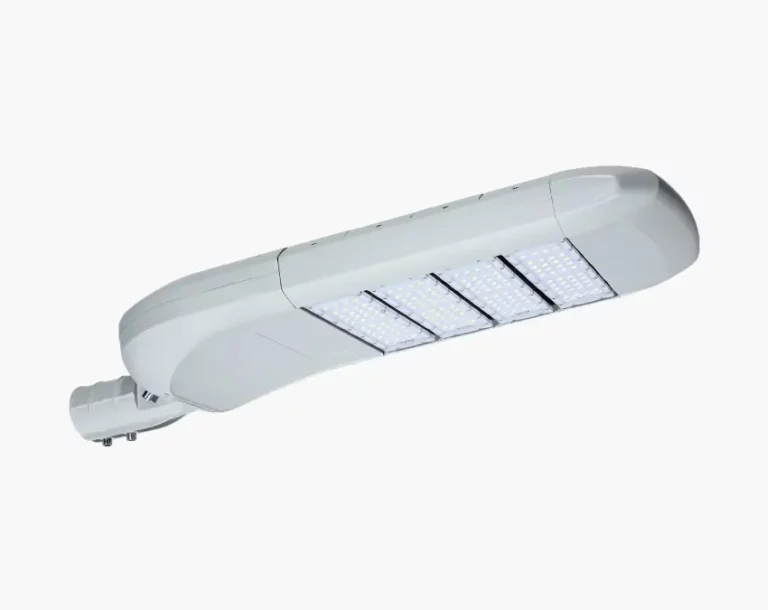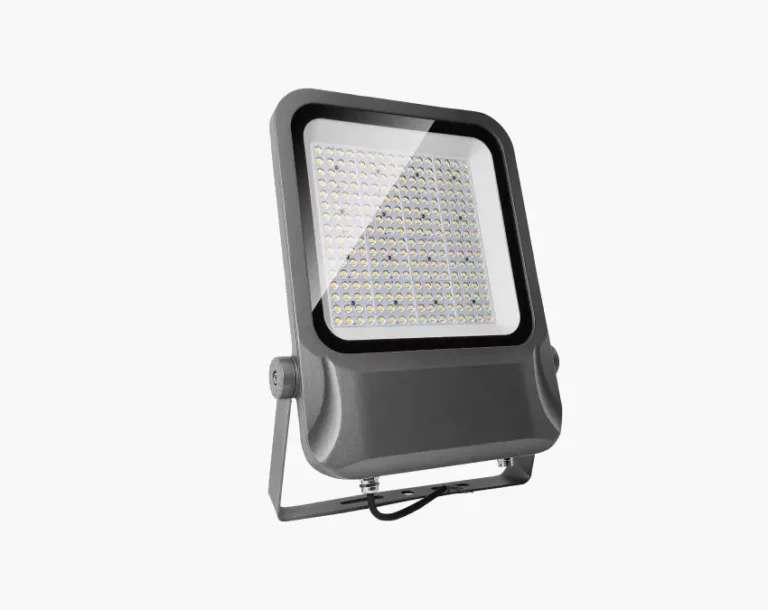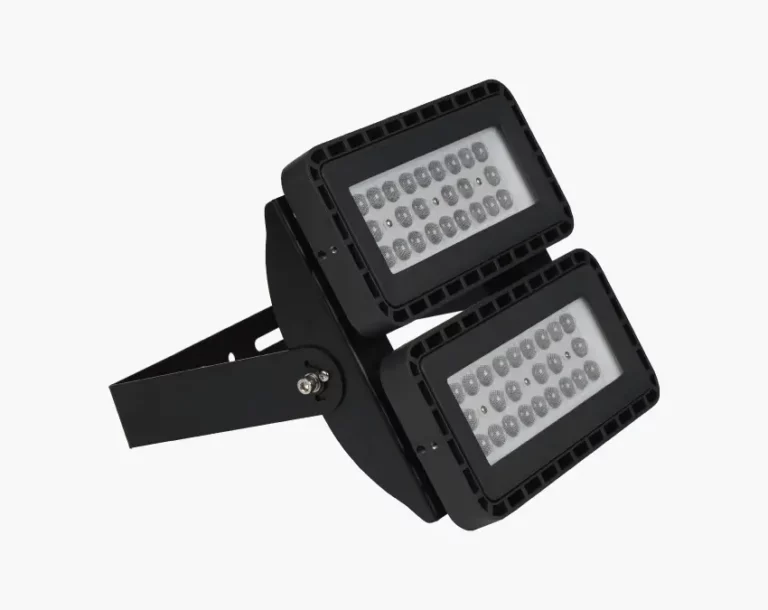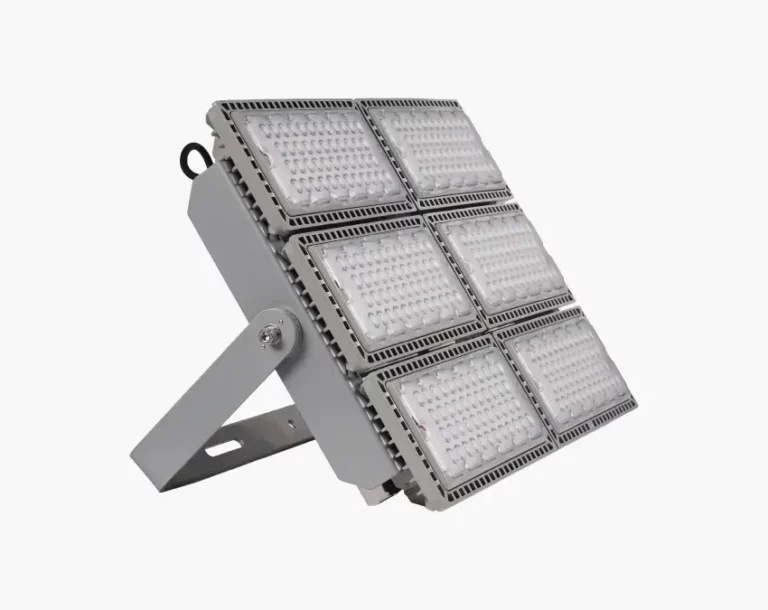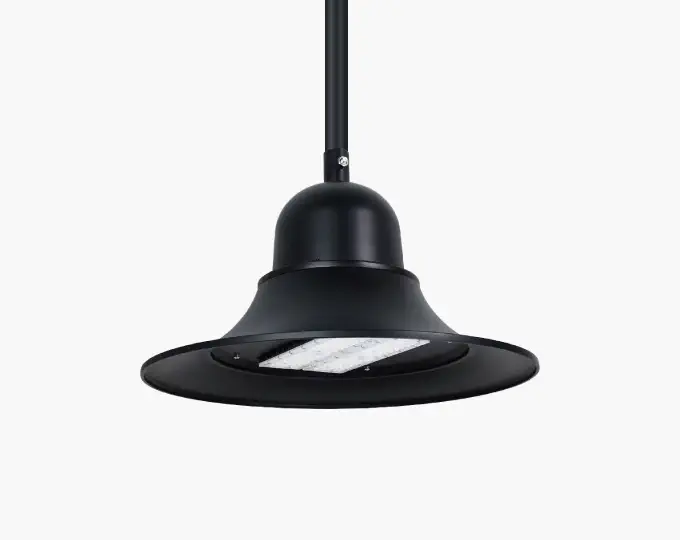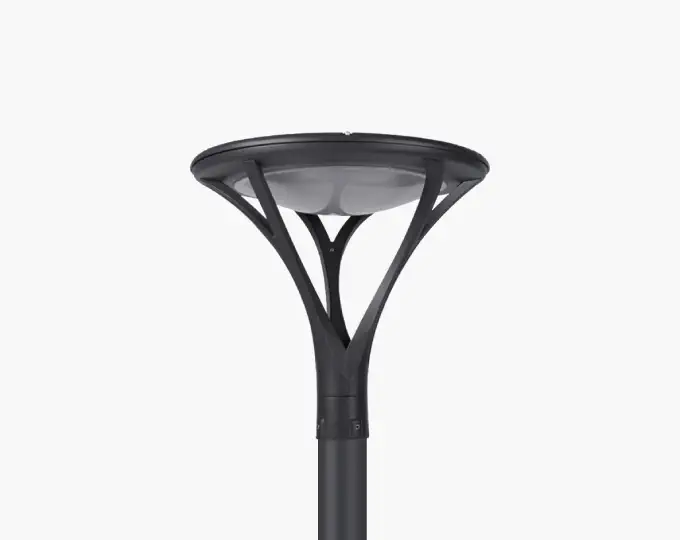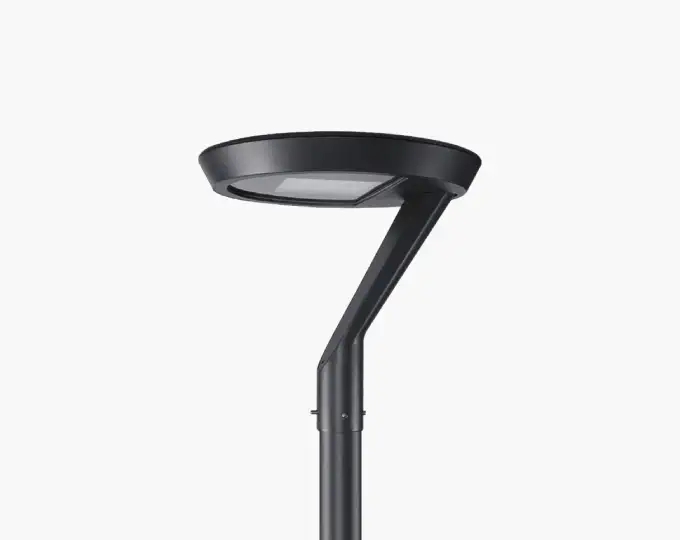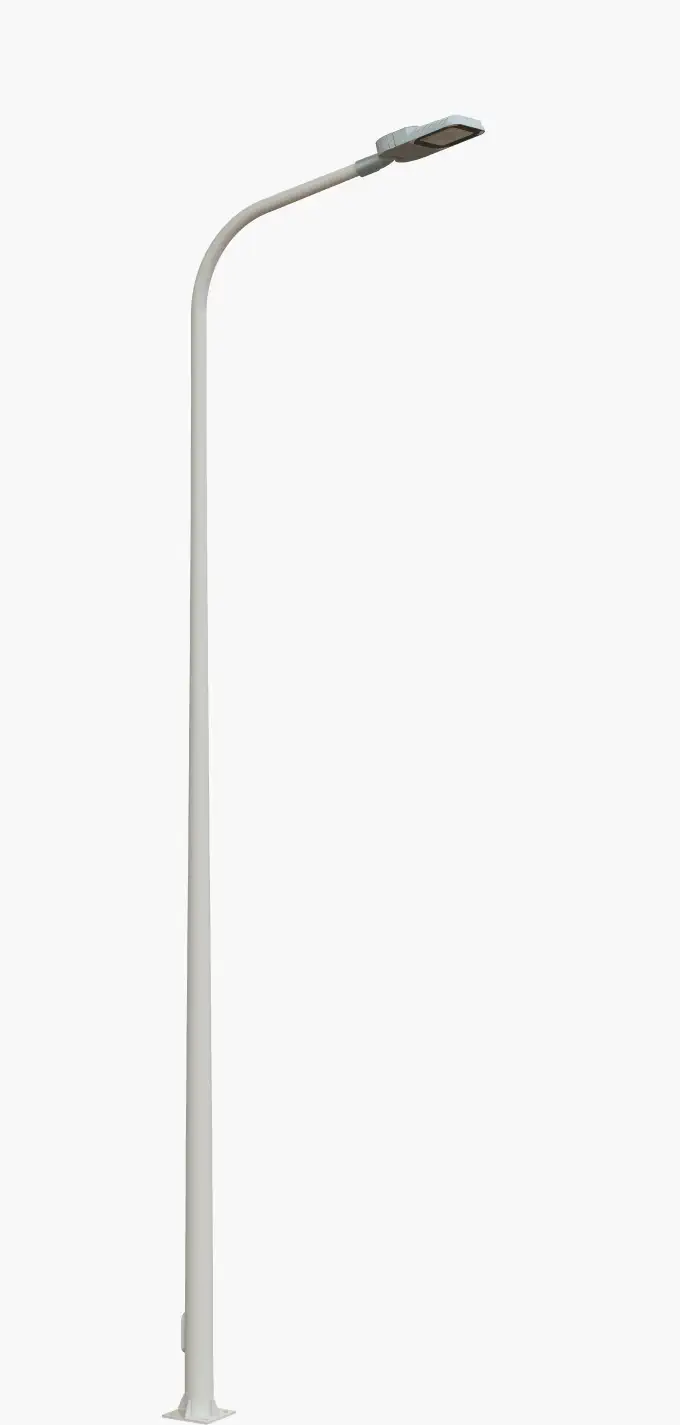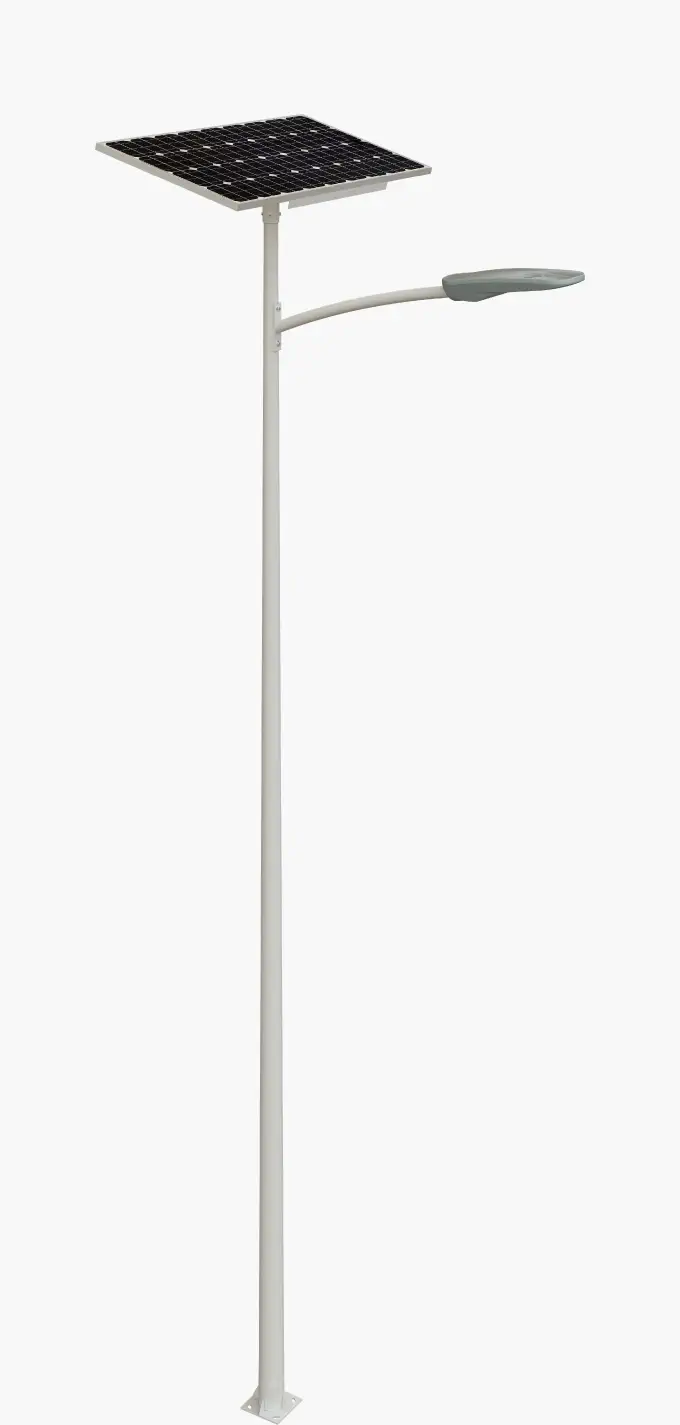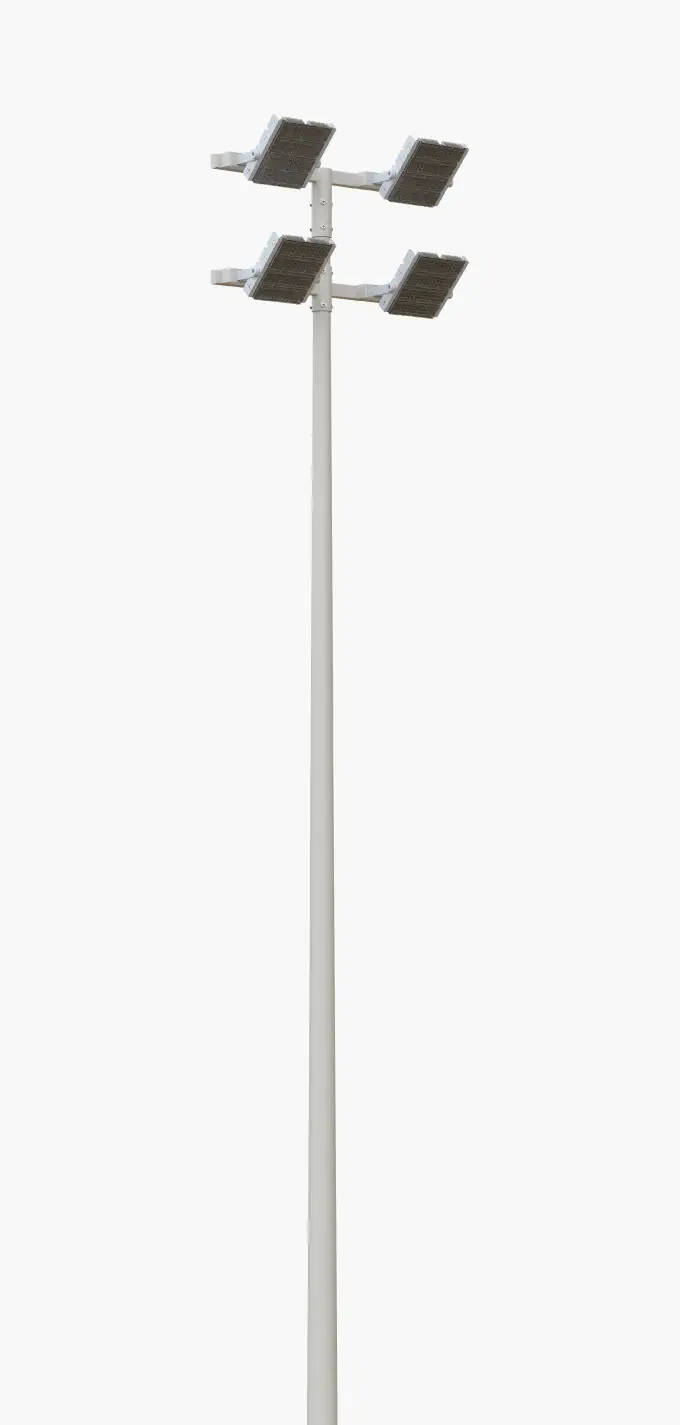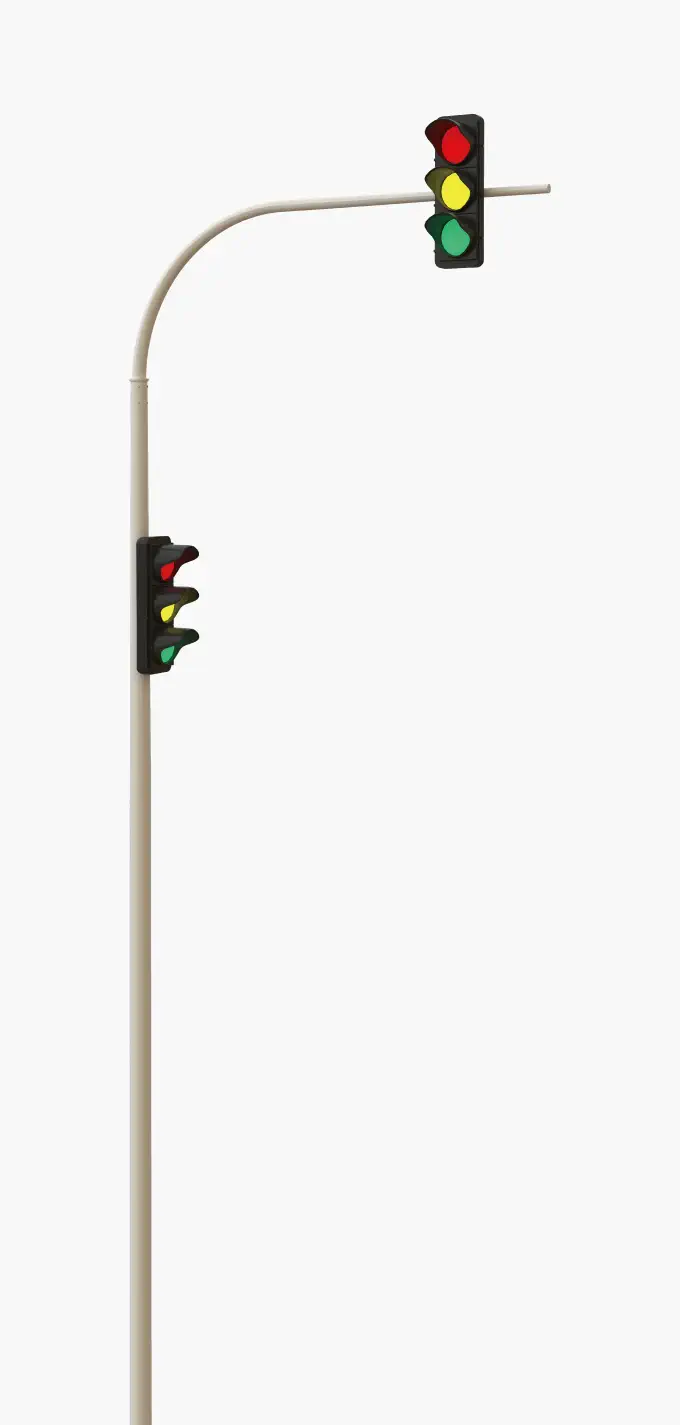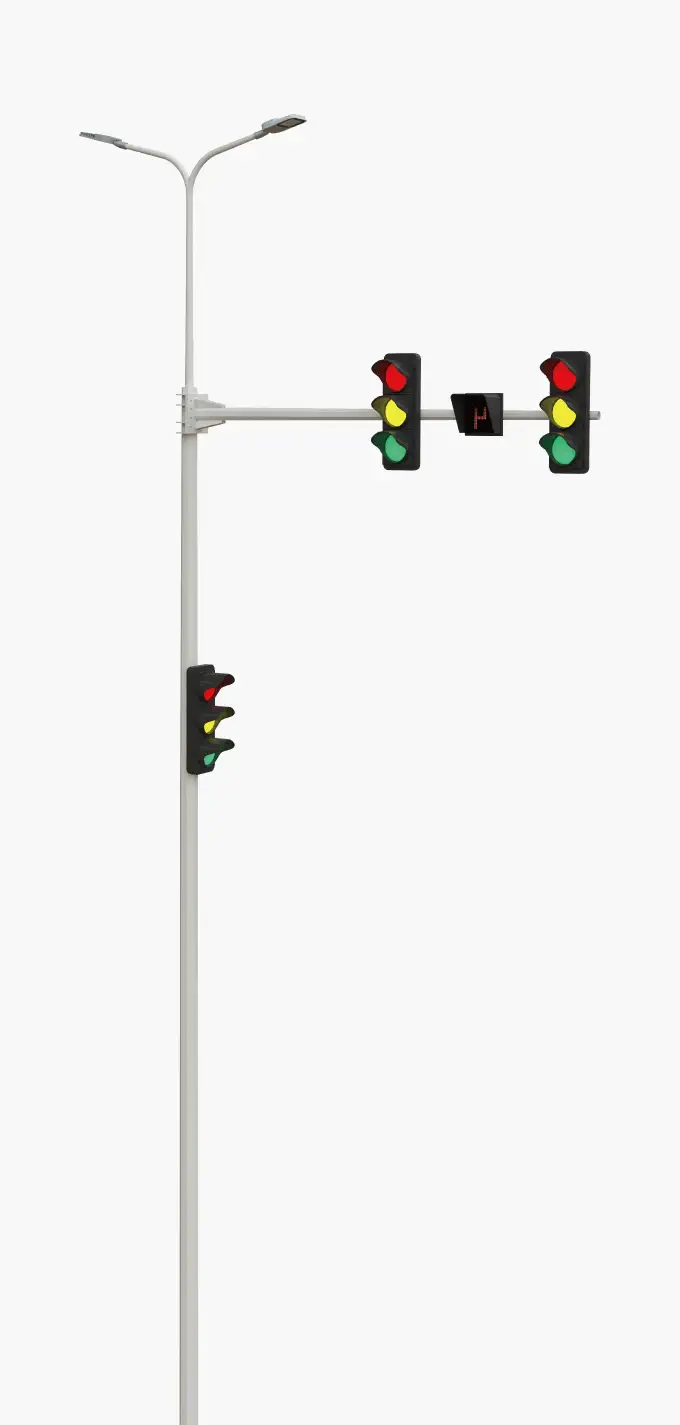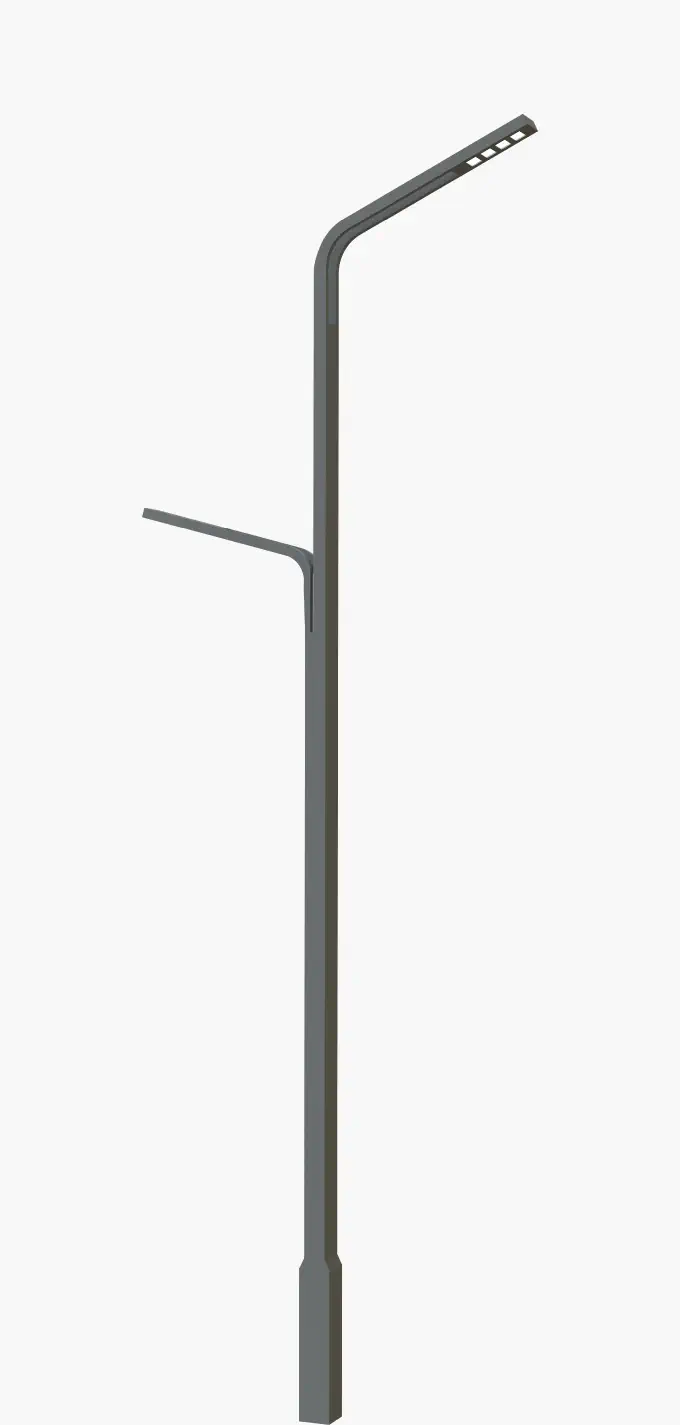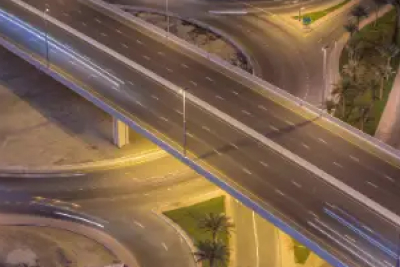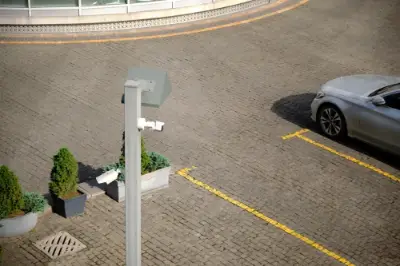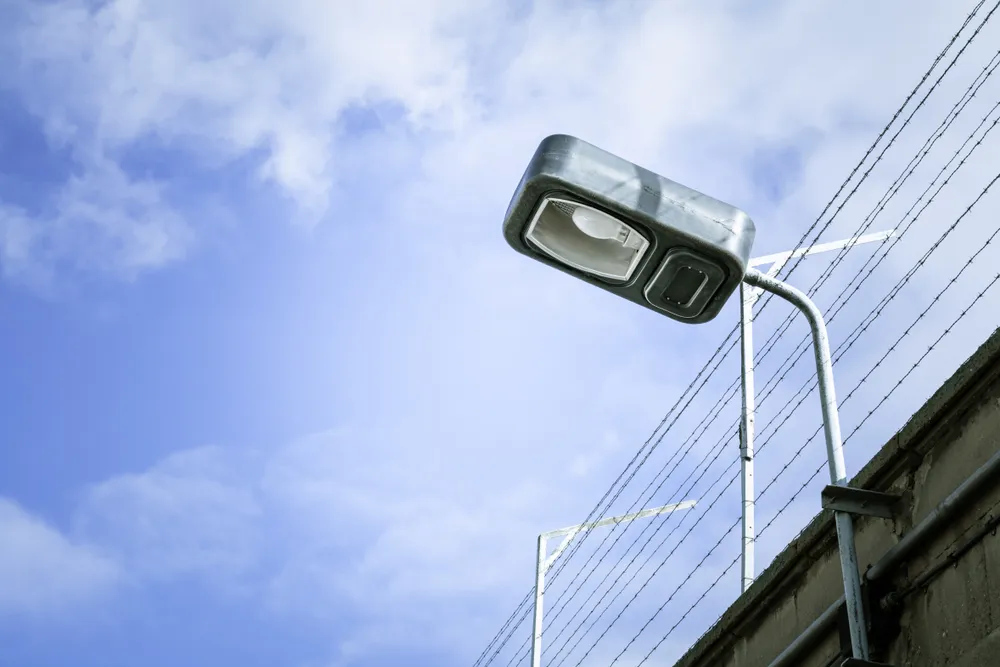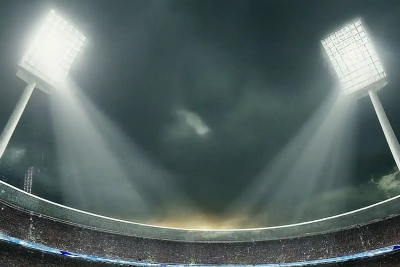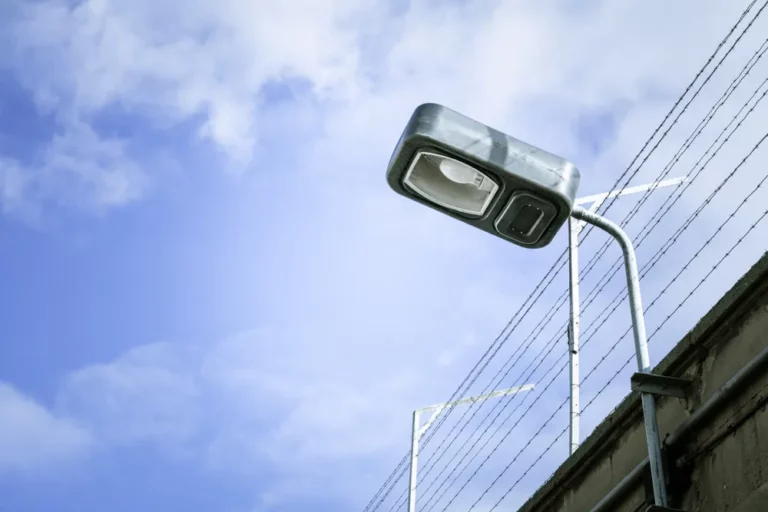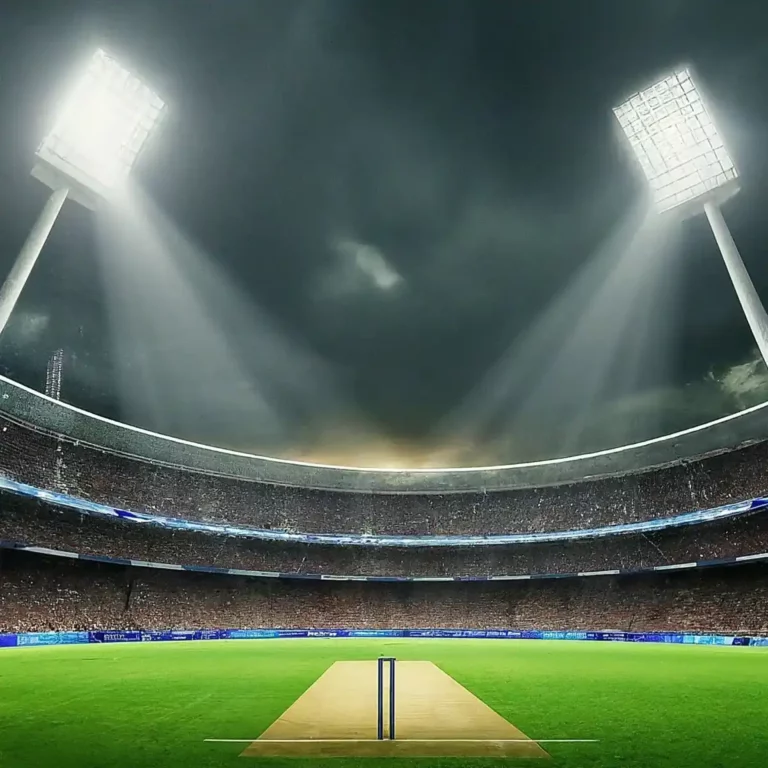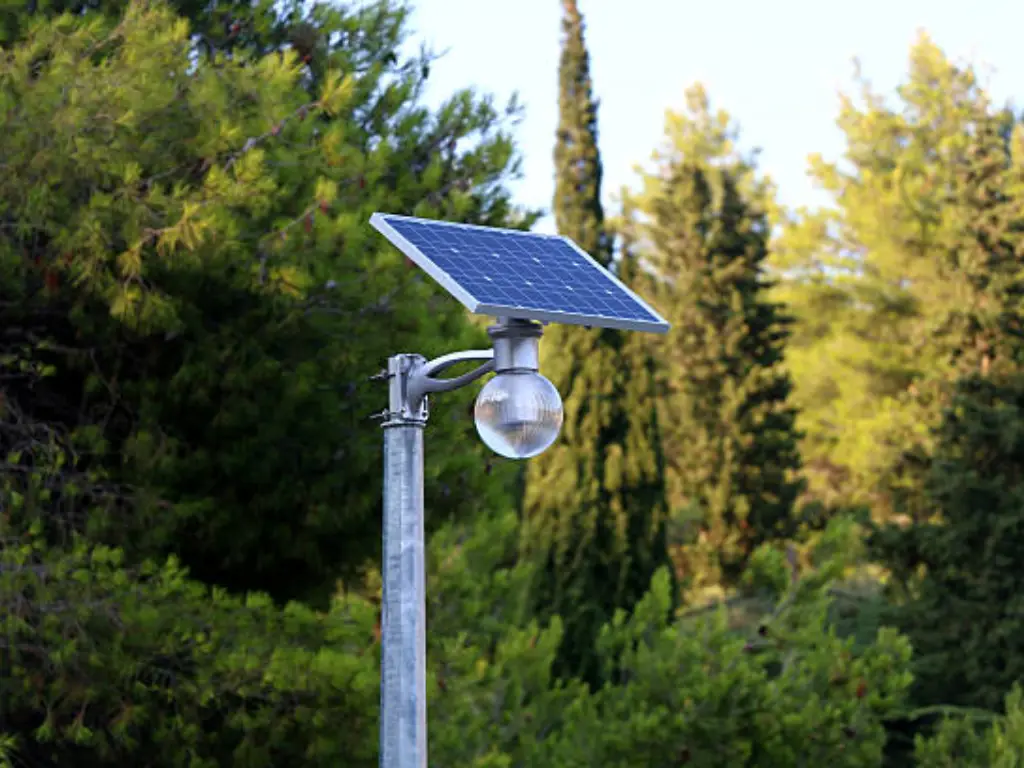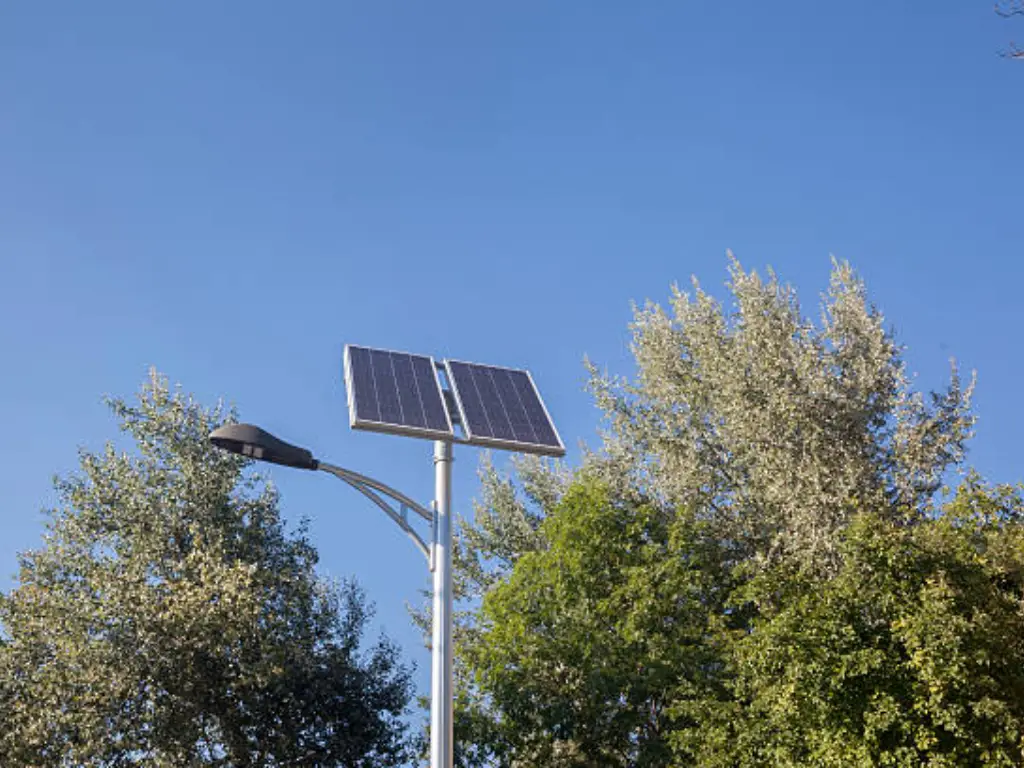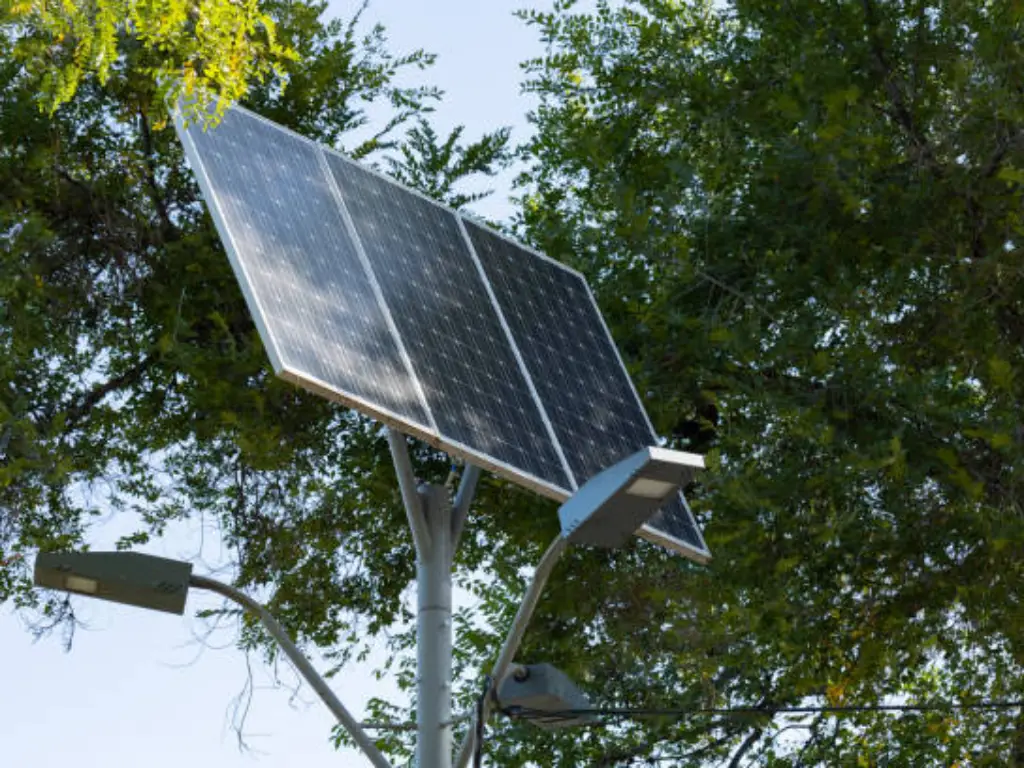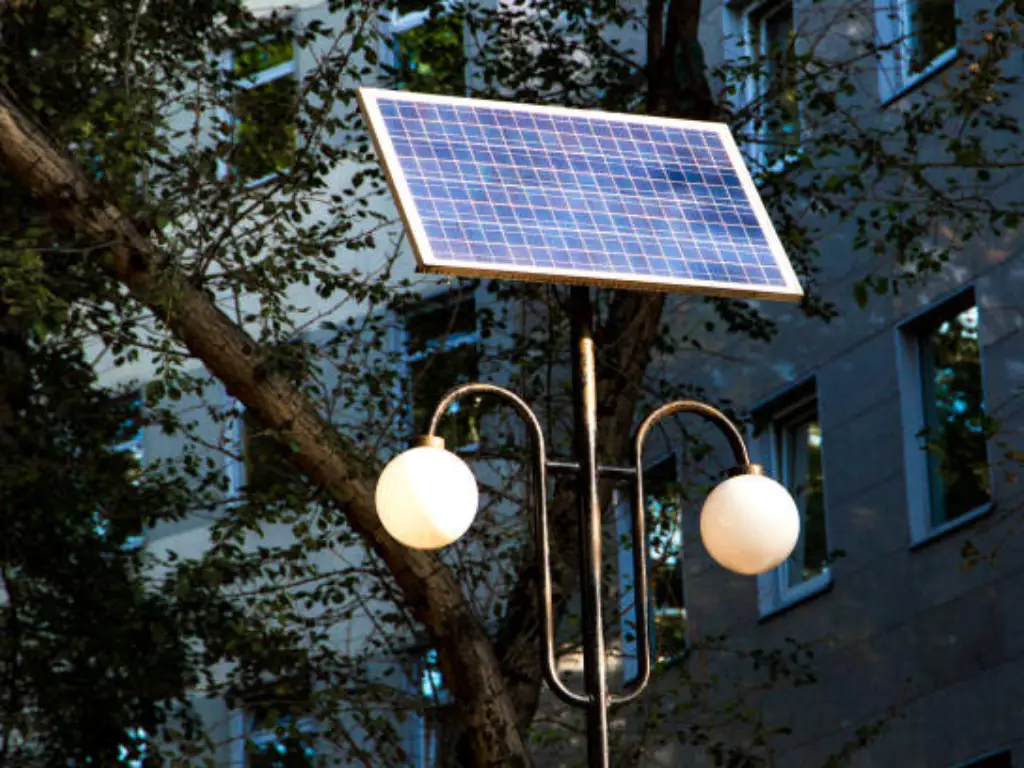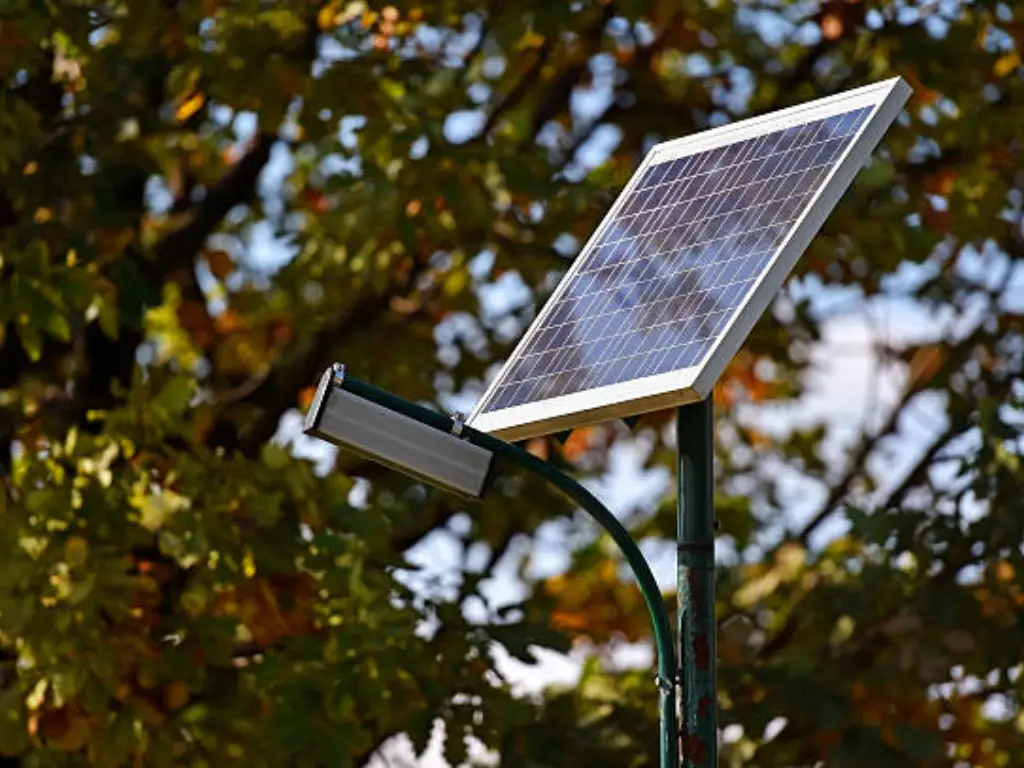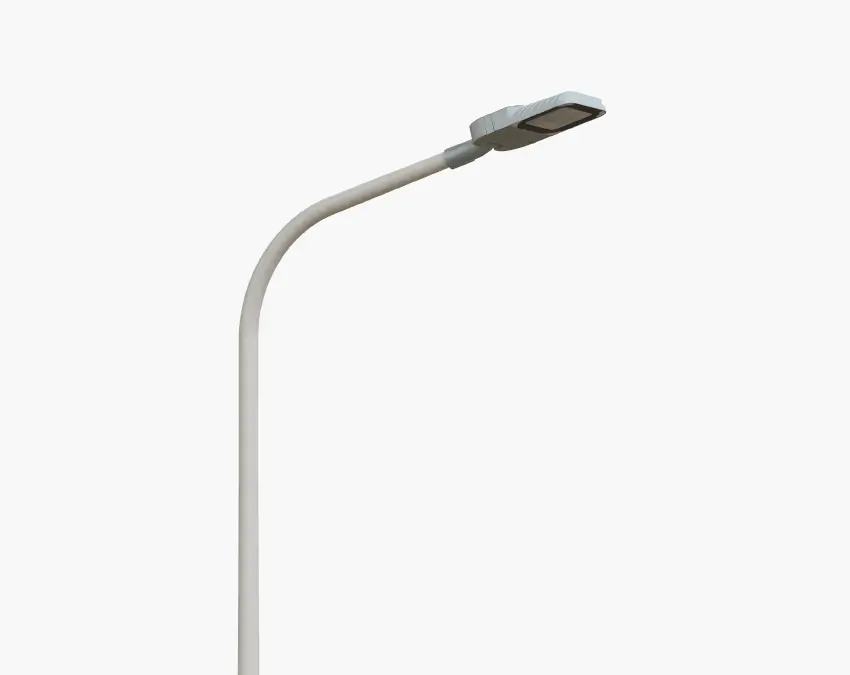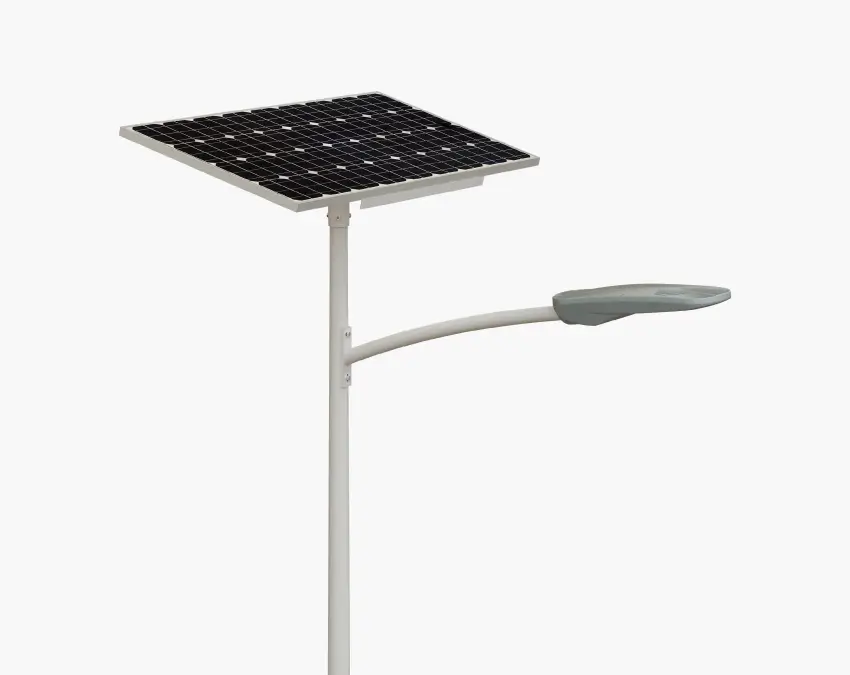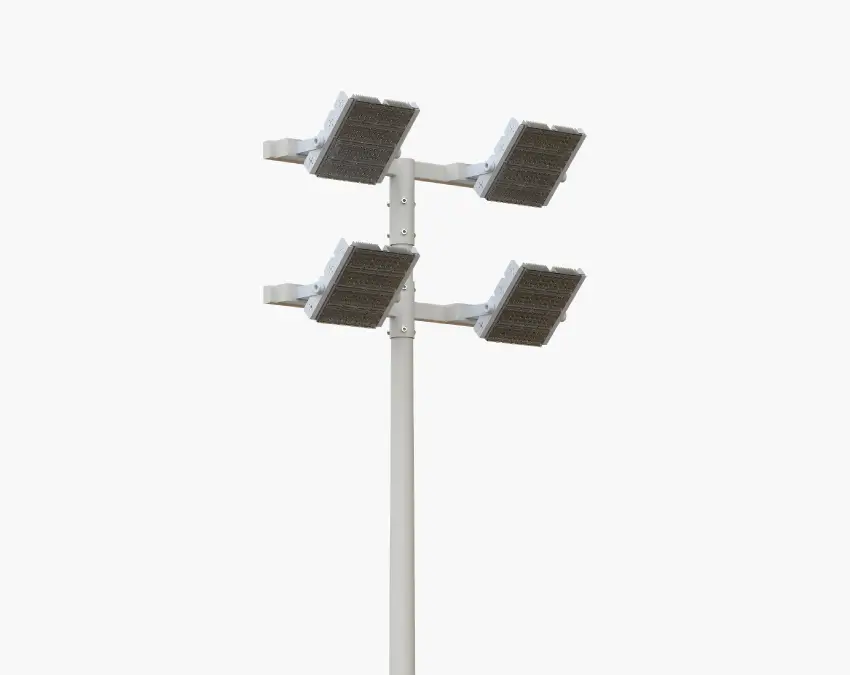Perface
Solar lights create an undeniable attraction for users. These devices offer solar-powered illumination which appears both clean and limitless as an energy source. Solar lights find extensive use in gardens, pathways, and outdoor lighting settings because of their popularity. The question of solar light charging remains a common concern especially for people who have trees or buildings creating shadows in their outdoor areas. The response to this question exists in multiple layers due to scientific and practical considerations. This piece explores the complex process of solar charging under suboptimal lighting conditions.
The Core Question: Can Solar Lights Charge in Shaded Areas?
Solar lights function in shaded areas yet their charging capacity decreases when compared to direct sunlight conditions. The conversion process of solar lights into electrical energy requires analysis of their basic operational principles. Solar panels function as small-scale power plants which convert photons into electricity through their ability to capture light units. The presence of shade naturally diminishes the amount of photons that reach solar panels.
Understanding Solar Charging: Sunlight vs. Shade
The Science Behind Photovoltaic Cells and Light Intensity
Every solar light contains a photovoltaic (PV) cell as its essential component. PV cells are constructed from semiconductor materials that commonly use silicon as their base. The PV cell receives sunlight, which activates electrons inside its material structure. The electrical potential difference forms because of excitation, which enables electric current to flow. The generated electric current powers up the rechargeable battery inside the solar lighting system.
The intensity of light directly affects the operation of this process. The most concentrated photon flow reaches solar panels when they face direct sunlight. The PV cells reach their highest electrical current output potential, which results in fast and efficient battery charging. In contrast, when the solar energy is blocked by shade, it functions as a filtering mechanism that blocks or scatters numerous photons. The solar panel receives less light intensity, which results in a decrease in electrical current production, ultimately affecting the performance of the solar lights.
How Shade Reduces Charging Efficiency Significantly
Solar panels transform sunlight into power through their direct exposure to sunlight to operate efficiently. The reduction of sunlight exposure on solar panels causes their charging ability to decrease.
On sunny days, a solar panel needs 4-6 hours of direct sunlight exposure to achieve complete battery capacity that enables nighttime illumination for several hours. A solar panel with a larger surface area can absorb more sunlight, increasing its charging efficiency. However, a solar panel positioned in heavy shade requires multiple days to build a minimal amount of charge. On overcast days, the reduced sunlight leads to even slower charging, making it difficult to accumulate ample energy for the night. The nighttime lighting duration and brightness decrease because of this condition. The quantity of power reduction depends on the density and coverage area of the shade that falls over the solar panel.
Exploring Different Levels of Shade and Their Impact
The term “shade” encompasses a wide spectrum of light-blocking conditions. Understanding these different levels is key to predicting how well your solar lights will perform.
Full Shade: Minimal to No Direct Light
Full shade conditions exist where sunlight never reaches the area during daylight hours. Solar panels find suitable placement under thick tree canopies or on building north sides or within fully enclosed areas. The solar panel receives minimal light exposure when installed in such shaded conditions. The available ambient light in full shade conditions is too weak to generate efficient charging performance. Solar lights placed in complete shade will take an extended time to charge and will probably not store enough energy to produce meaningful nighttime illumination. The lighting effect of these devices becomes either nonexistent or extremely faint during brief intervals.
Partial Shade: Intermittent Sunlight and Diffused Light
Partial shade designates locations which experience both direct sunlight at specific times and continuous soft illumination. Solar lights perform best in areas that receive filtered sunlight through trees with thin foliage or east or west building sides or sheer curtains and other translucent materials. Solar lights perform better in partial shade conditions than they would in full shade yet they operate at a reduced capacity compared to direct sunlight. The amount of direct sunlight exposure and its strength directly affects how well solar lights charge and how bright they become at night. Solar lights can charge through diffused light although this process takes longer than when they receive direct sunlight.
Cloudy Days: Charging with Indirect Sunlight
Cloudy days create a distinct situation where shade becomes visible. The light from the sun reaches the ground during cloudy conditions but spreads out and weakens in intensity. Solar panels continue to produce electricity during cloudy days because they were designed to absorb the amount of light from various wavelengths. The power generation speed under cloudy conditions will be much slower than when operating in full sunlight. The quantity of light reaching solar panels depends directly on how thick and dense the cloud cover becomes. The charging process during heavy cloud cover becomes similar to the power generation in partially shaded locations.
Alternative Charging Methods for Solar Lights
The main power source for solar lights comes from sunlight, but alternative charging methods exist yet they deliver lower efficiency than sunlight and should not be used as intended for outdoor solar lighting. Some manufacturers of portable solar devices provide USB charging ports to serve as backup power sources. Placing a solar light in proximity to a powerful artificial light source like an incandescent or LED light bulb may generate some power over time. The efficiency of this charging method remains low while its practicality is limited to indoor settings because outdoor fixtures cannot benefit from it. Solar panels absorb artificial light wavelengths less efficiently than the full spectrum of sunlight.
Key Factors Affecting Solar Light Charging Performance in Shade
Beyond the general presence of shade, several specific factors can influence how well a solar light charges in less-than-ideal conditions.
| Factor | Description | Impact on Charging in Shade | Examples/Recommendations |
|---|---|---|---|
| Solar Panel Technology | Monocrystalline, Polycrystalline, Amorphous | Monocrystalline panels perform best in low light conditions | Choose monocrystalline for shaded areas |
| Battery Type | Ni-MH, Lithium-Ion, LiFePO4 | Higher capacity batteries store more energy | LiFePO4 is highly recommended for long-lasting energy storage |
| Light Sensor Role | Automatic light activation based on ambient light levels | Can cause premature activation in shaded areas, reducing battery life | Adjustable light sensors for longer runtime in shaded areas |
Solar Panel Technology and Its Sensitivity to Low Light
The selection of solar panel technology for the light system plays an important role. Advanced solar panel systems serve the purpose of collecting energy better during minimal lighting scenarios. Monocrystalline silicon panels demonstrate better efficiency levels than polycrystalline or amorphous silicon panels while giving possible advantages to shaded environment operations. The selection of solar lights with higher efficiency panels through specifications research becomes important when you plan to install them in areas with limited sunlight.
Battery Type and Capacity: Crucial for Storing Limited Charge
The solar light contains a battery which functions as its energy storage system. The importance of a high-quality battery with good charge retention abilities increases when solar lights spend most of their time in shaded areas receiving limited energy. The Ni-MH (Nickel-Metal Hydride) and lithium-ion batteries differ in their charge and discharge cycles and energy density and temperature performance characteristics. A battery with increased capacity enables better storage of harvested energy which results in longer illumination duration regardless of the charge level.
The Role of the Light Sensor in Energy Management
Solar lights contain light sensors that activate the illumination when darkness sets in. The sensor functions to control energy usage in addition to its light detection capabilities. The light sensor in shaded areas activates the light earlier in the evening because ambient light levels decrease more rapidly. The battery life shortens prematurely during nighttime because the light sensor activates the light too early when the solar panel remains shaded throughout the day. Certain solar lights provide adjustable operating modes that enable users to select between maximum brightness and longer runtime depending on their charging conditions.
Inlux Solar: Engineered for Reliable Lighting, Even in Challenging Conditions
Inlux Solar takes pride in manufacturing solar street lights that perform exceptionally well despite difficult operating conditions. The solar cells installed in our lights operate at grade A standards to maximize their energy capture capabilities. The high-performance panels of these products capture a wide range of light wavelengths from diffused sunlight, which enables them to function effectively in both overcast and partially shaded conditions. The reliability of Inlux solar lights reaches a 0.5% failure rate, which ensures their illumination remains dependable throughout their operational period.
The Inlux Solar lights utilize LiFePO4 batteries, which provide 4,000 charge cycles and exceed 10 years of operational life. The batteries have been specifically designed for top-notch energy capability that maintains the brightness of your lights during multiple days of absence from sunlight. The hot-dip galvanized pole of our lights can endure winds reaching 30 m/s in the toughest conditions. The lights deliver 40% higher brightness through their ultra-bright LEDs and maintain operation for more than 50,000 hours. The anti-rust aluminum light fixture with an IP66-IP67 rating makes it resistant to weather conditions. The smart solar controllers have multiple protection functionalities that guarantee both long-lasting reliability and performance of all system components.
Practical Tips for Maximizing Solar Light Use in Shady Locations
While you can’t always control the amount of shade in your outdoor space, there are steps you can take to improve the performance of your solar lights in these areas:
- Keep the Solar Panels Clean: The solar panels’ light absorption capability decreases when dust, debris, and dirt accumulate on the surface of the panels. A soft, damp cloth should be used to clean the panels regularly to maintain their optimal performance.
- Trim Overhanging Vegetation: The performance of solar lights can improve by trimming vegetation that hangs over the panels.
- Keep the Solar Panels Clean: The solar panel’s light absorption capability decreases when dust and debris accumulate on its surface. A soft, damp cloth should be used to clean the panels regularly to maintain their optimal performance.
- Consider Separate Solar Panels: Some lighting setups benefit from using solar lights with detachable solar panels, which you can position in sunny areas to charge the lights that need placement in shaded areas.
- Experiment with Placement: Test various locations for your solar lights to discover the best charging and nighttime illumination spots.
- Invest in Higher-Quality Lights: The purchase of solar lights with advanced panels and improved batteries will result in better performance during challenging weather conditions. The higher initial expense of these lights leads to better long-term reliability in lighting operations.
Conclusion
Solar lights function under shaded conditions, but users must recognize the trade-offs they must accept regarding performance levels. Direct sunlight provides the most efficient way to charge solar lights throughout their lifespan. Still, recent technology improvements in solar cells and batteries make them more suitable for shaded outdoor areas. Practical tips and appropriate solar light selection combined with shade level assessment will allow you to harness the benefits of solar-powered illumination. Contact Inlux Solar street light manufacturers for dependable, robust solar-powered solutions that function optimally in demanding conditions. Knowledge about how light interacts with charging processes will enable you to select proper solutions that effectively light up your environment.
